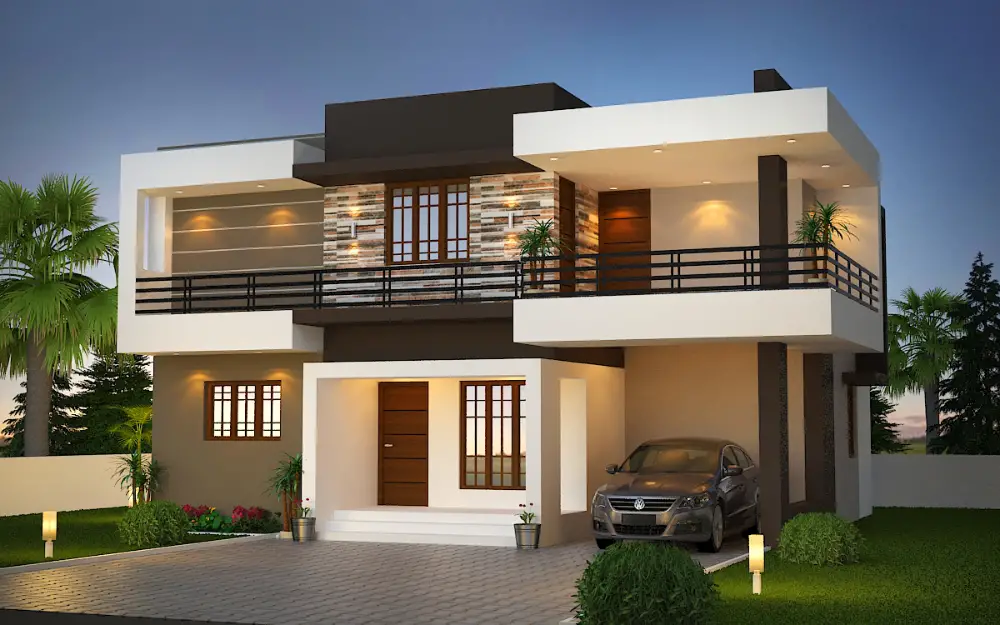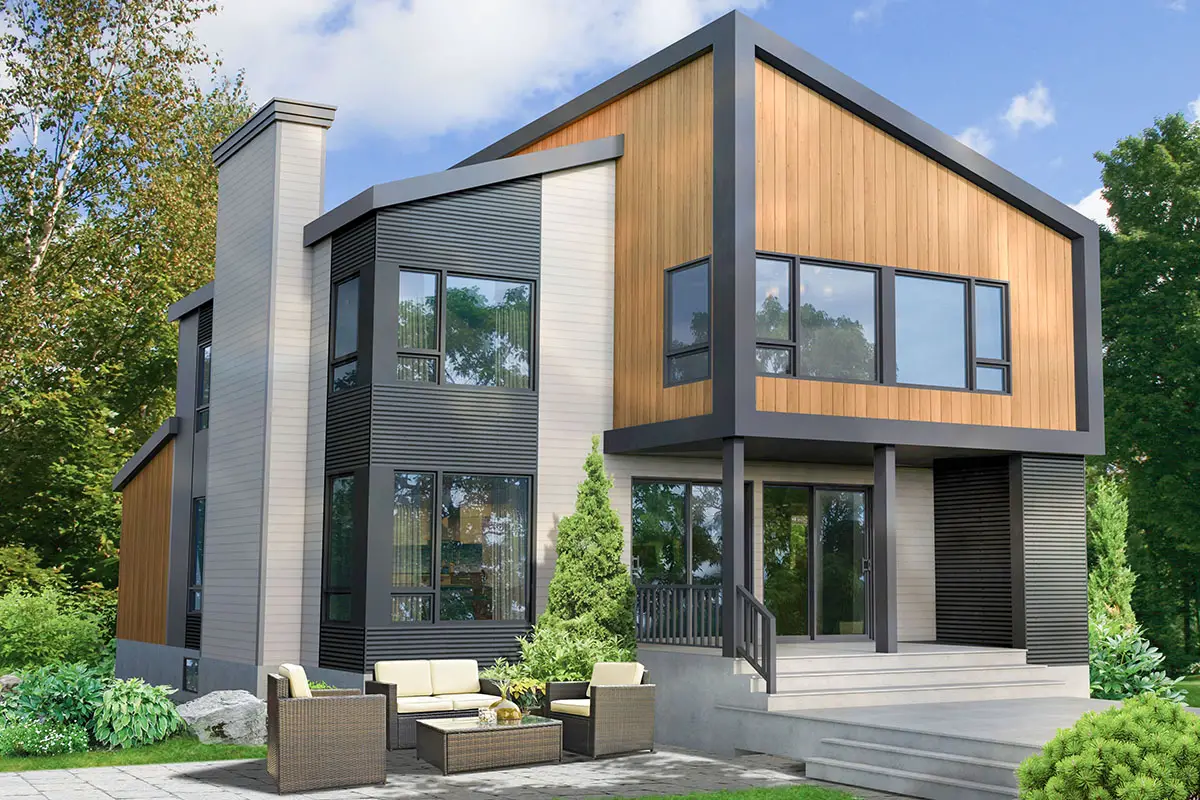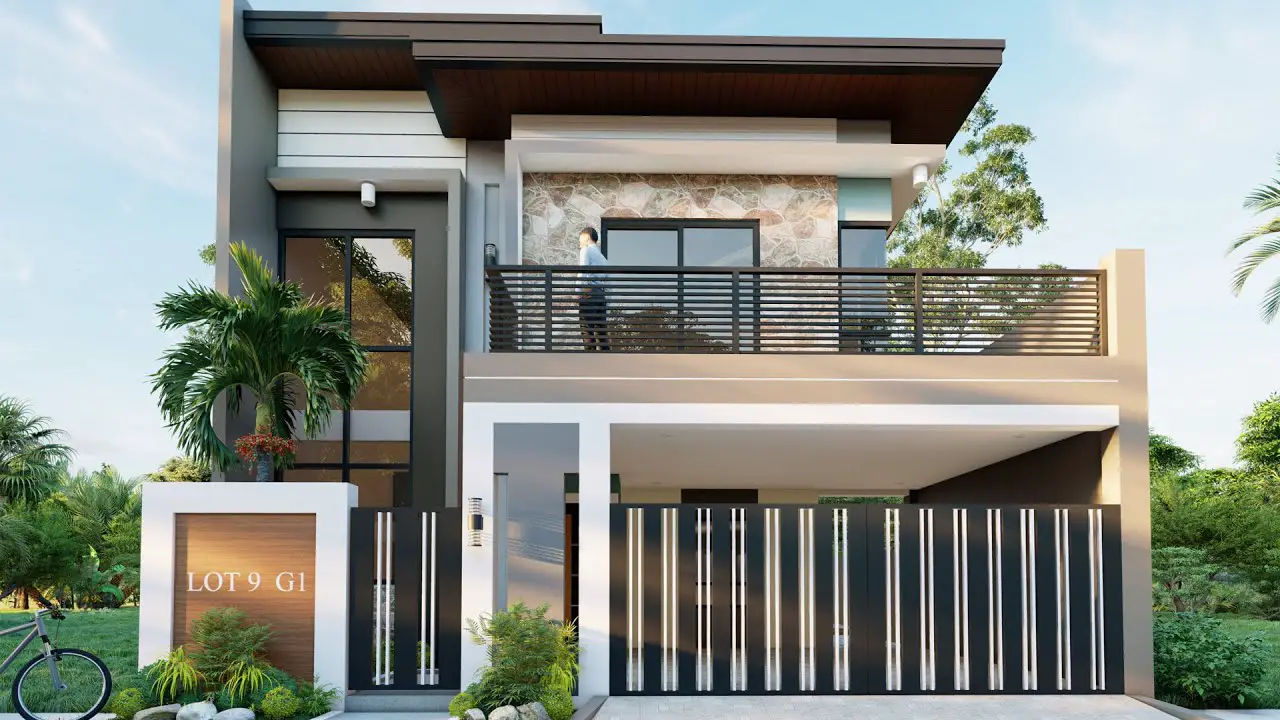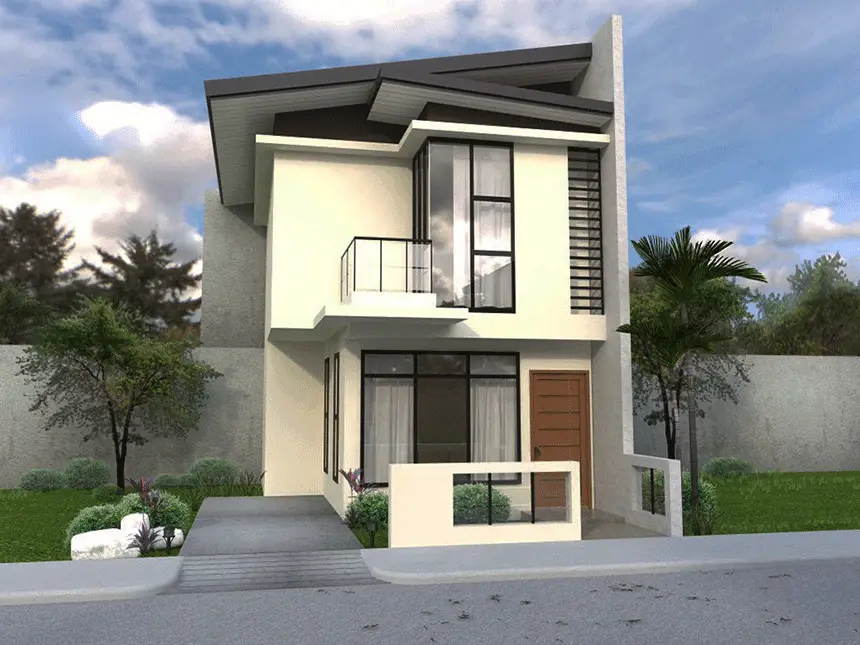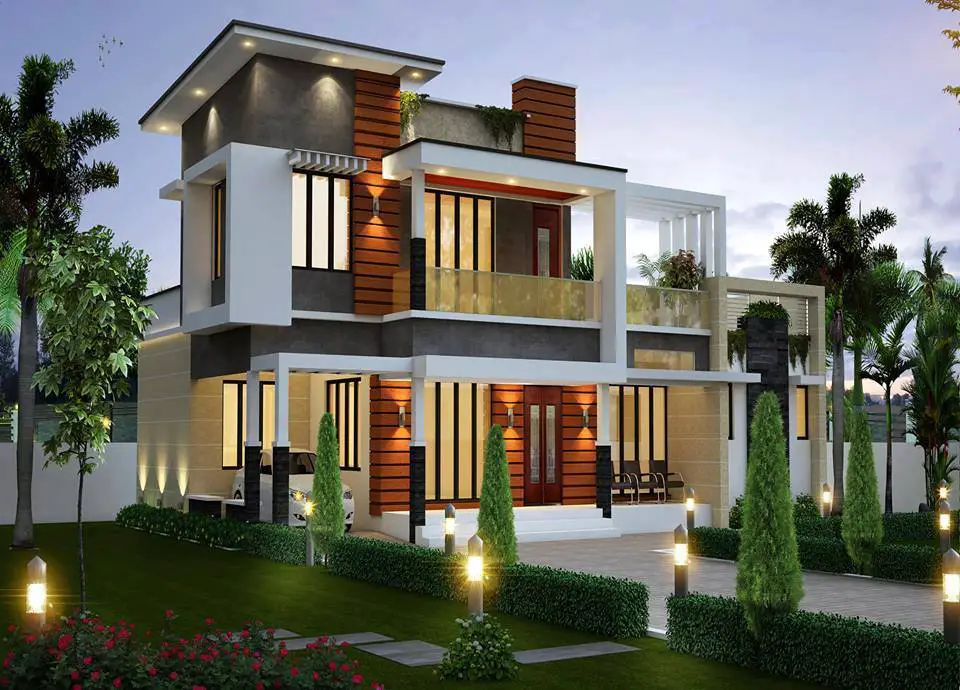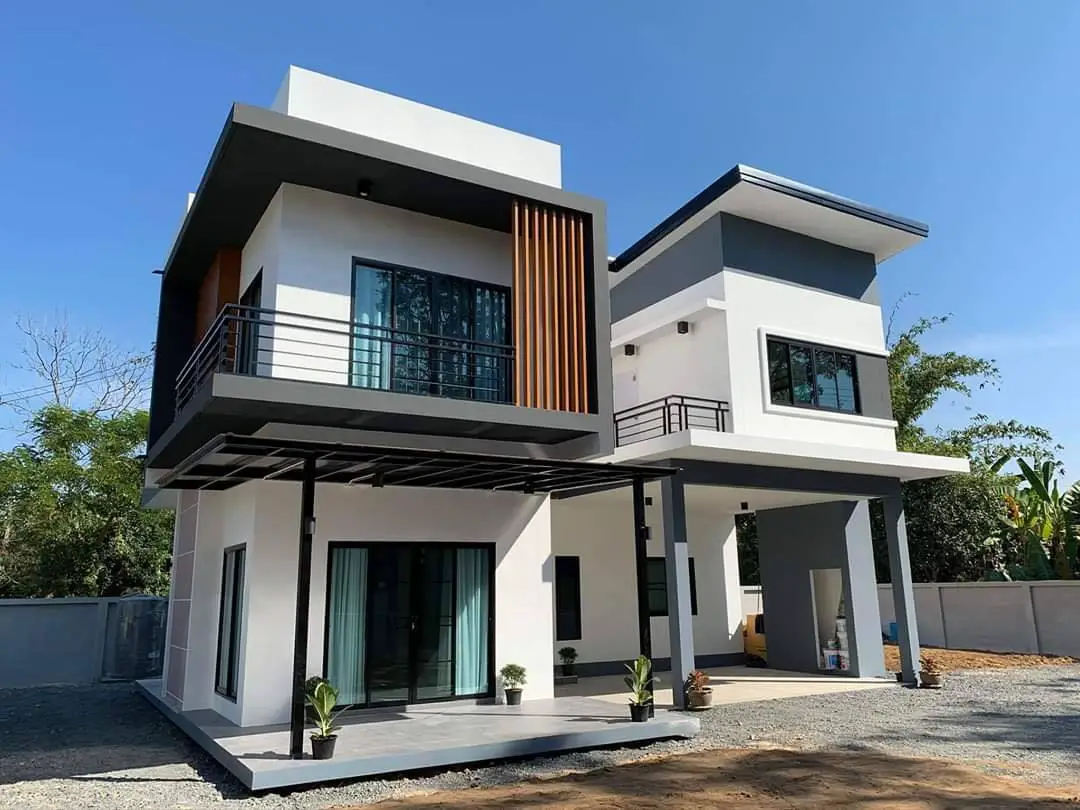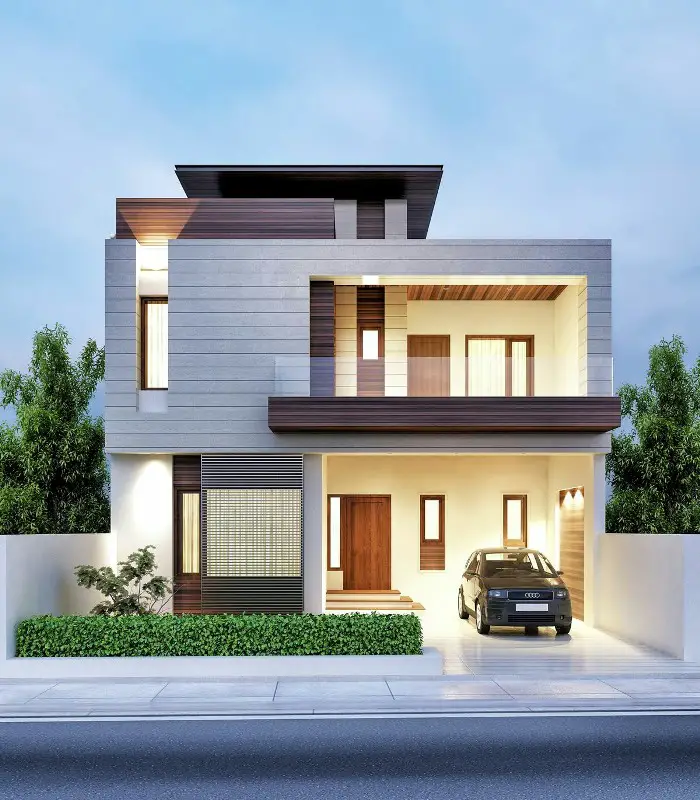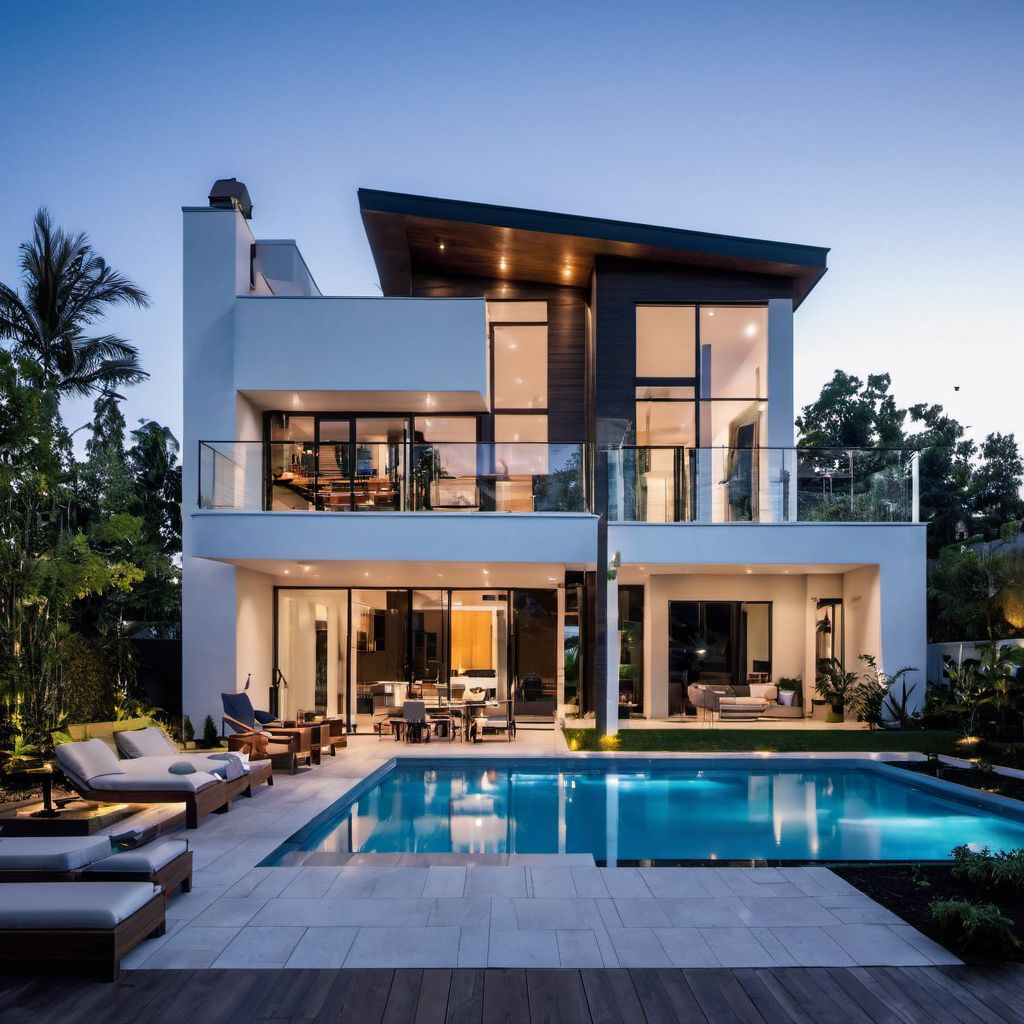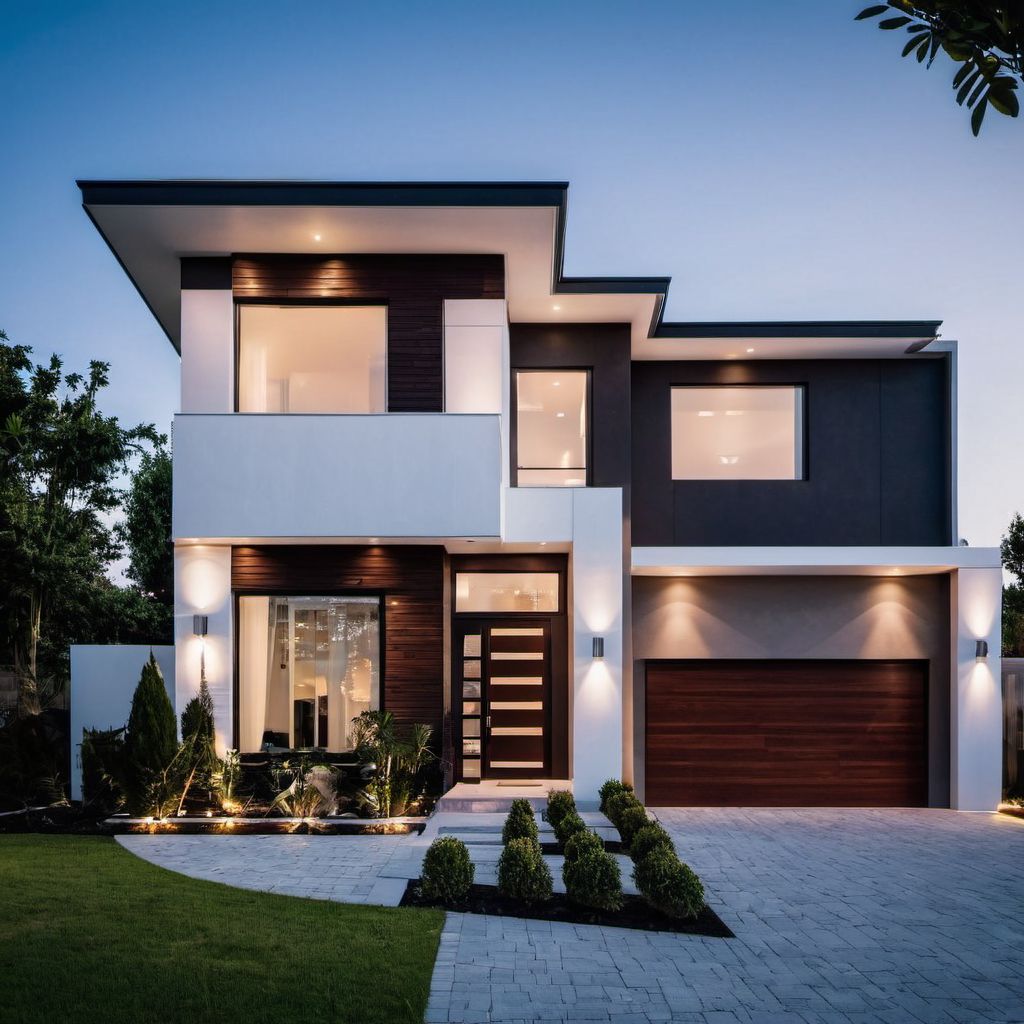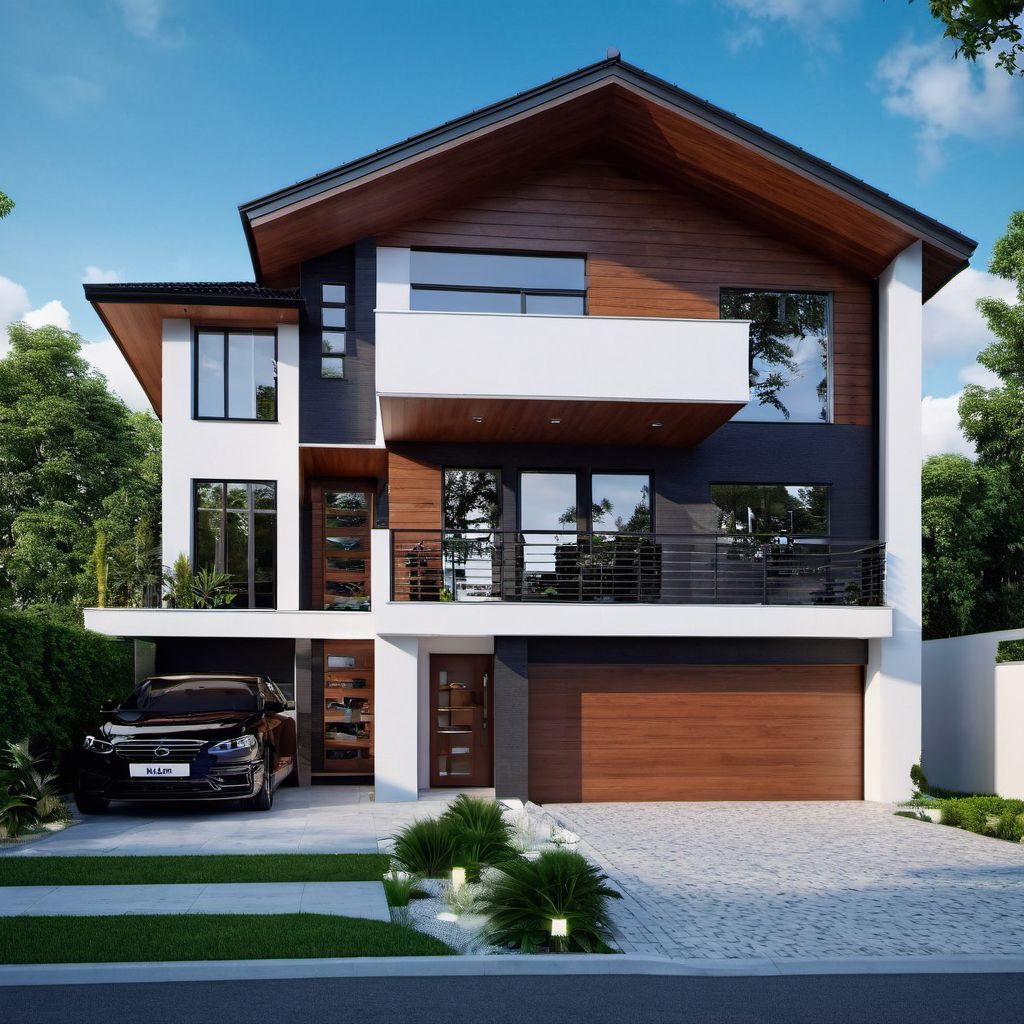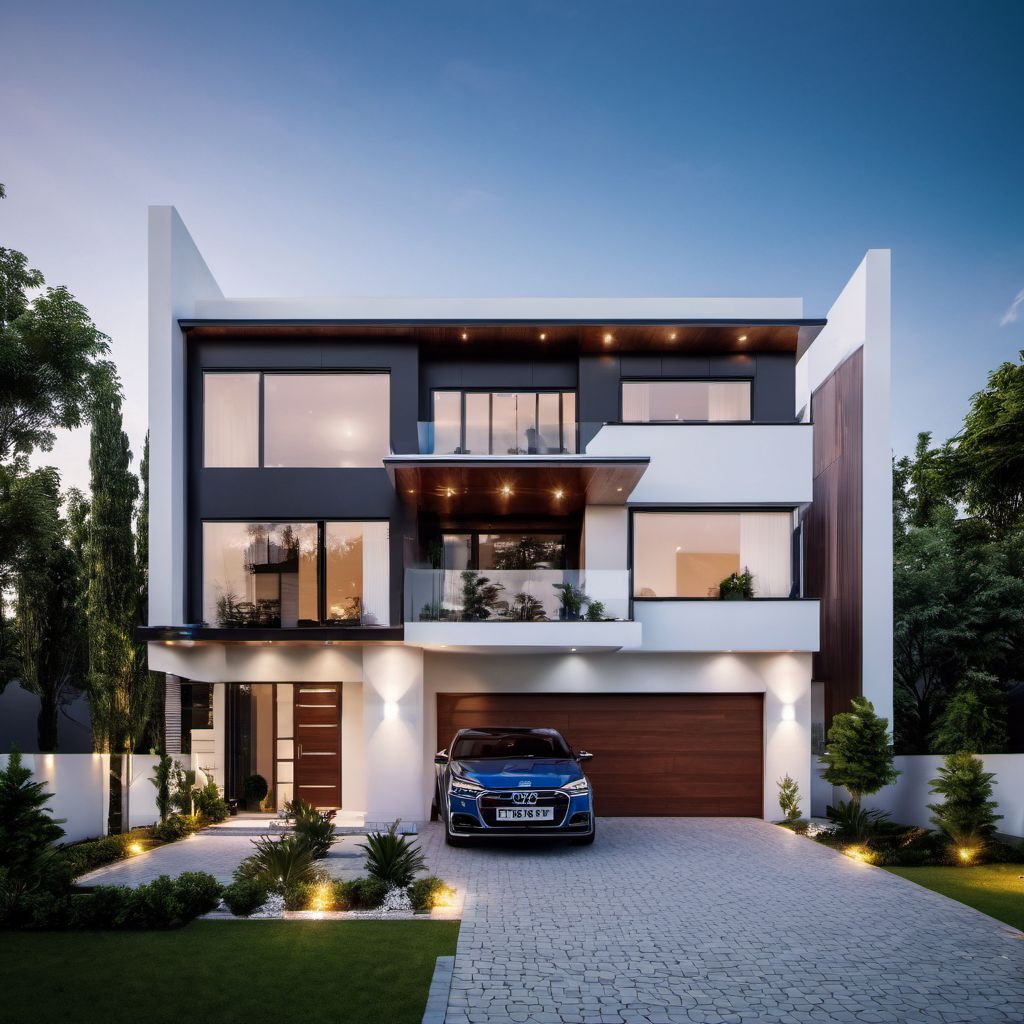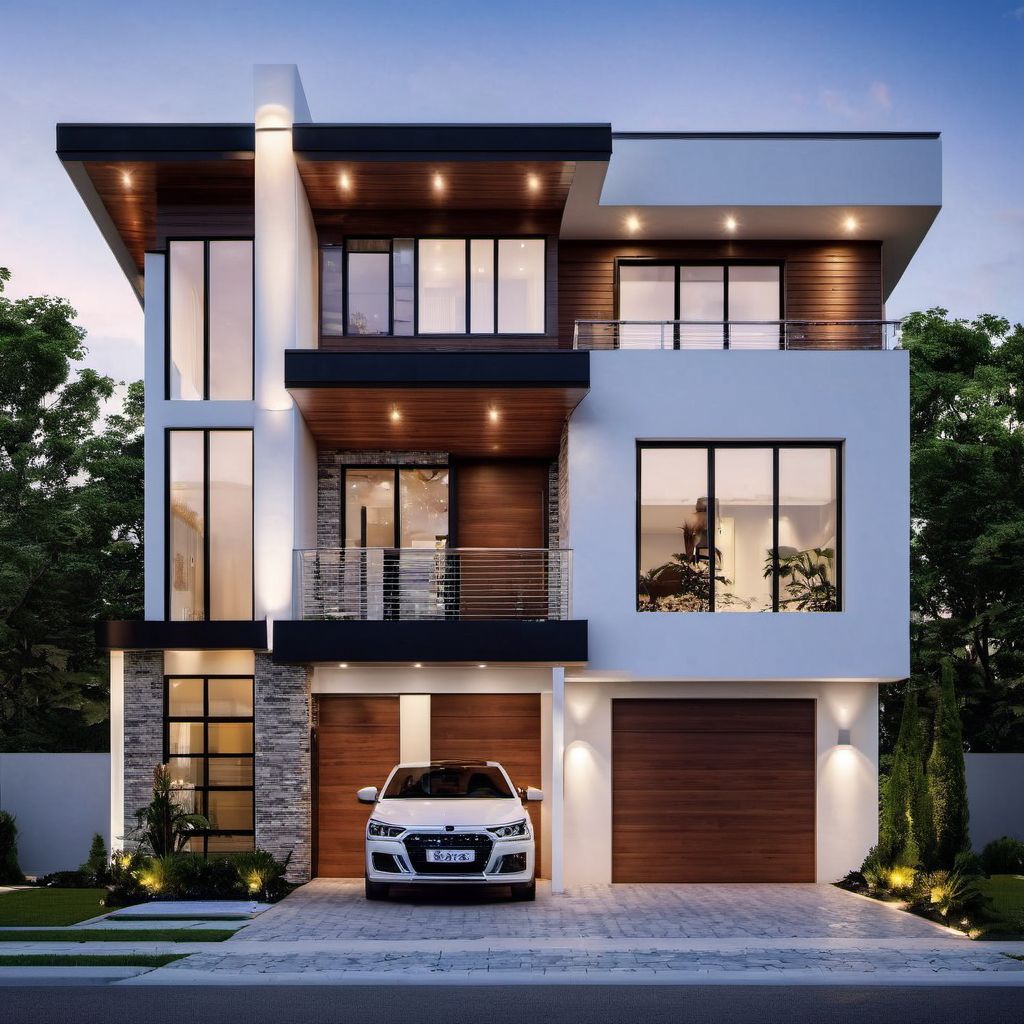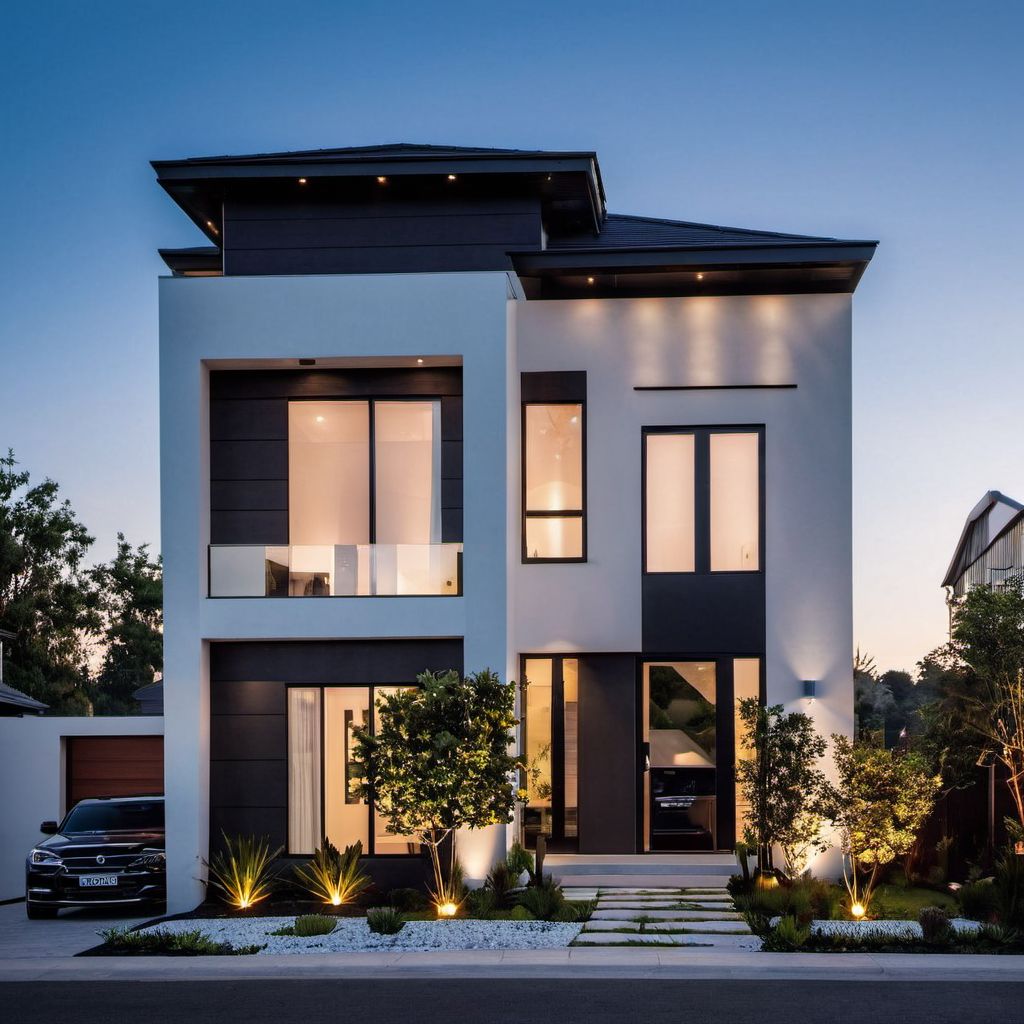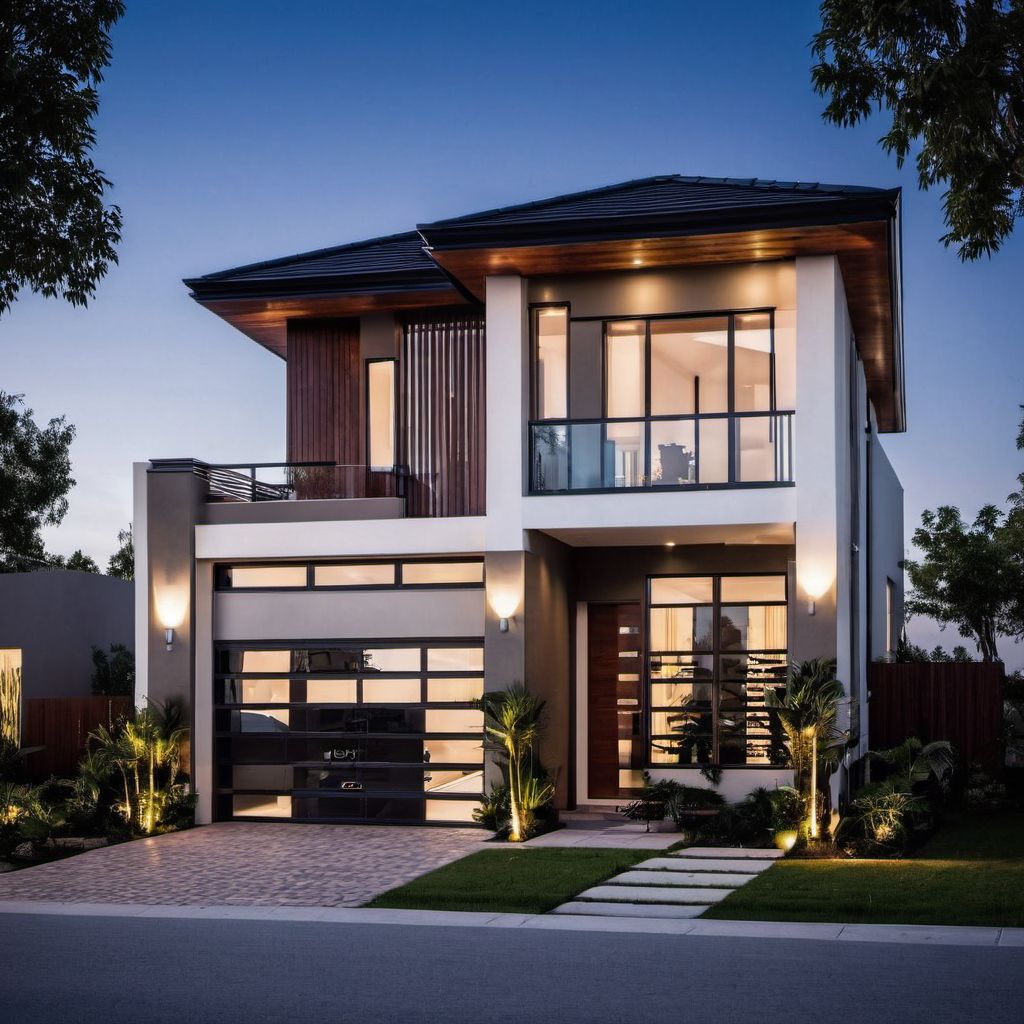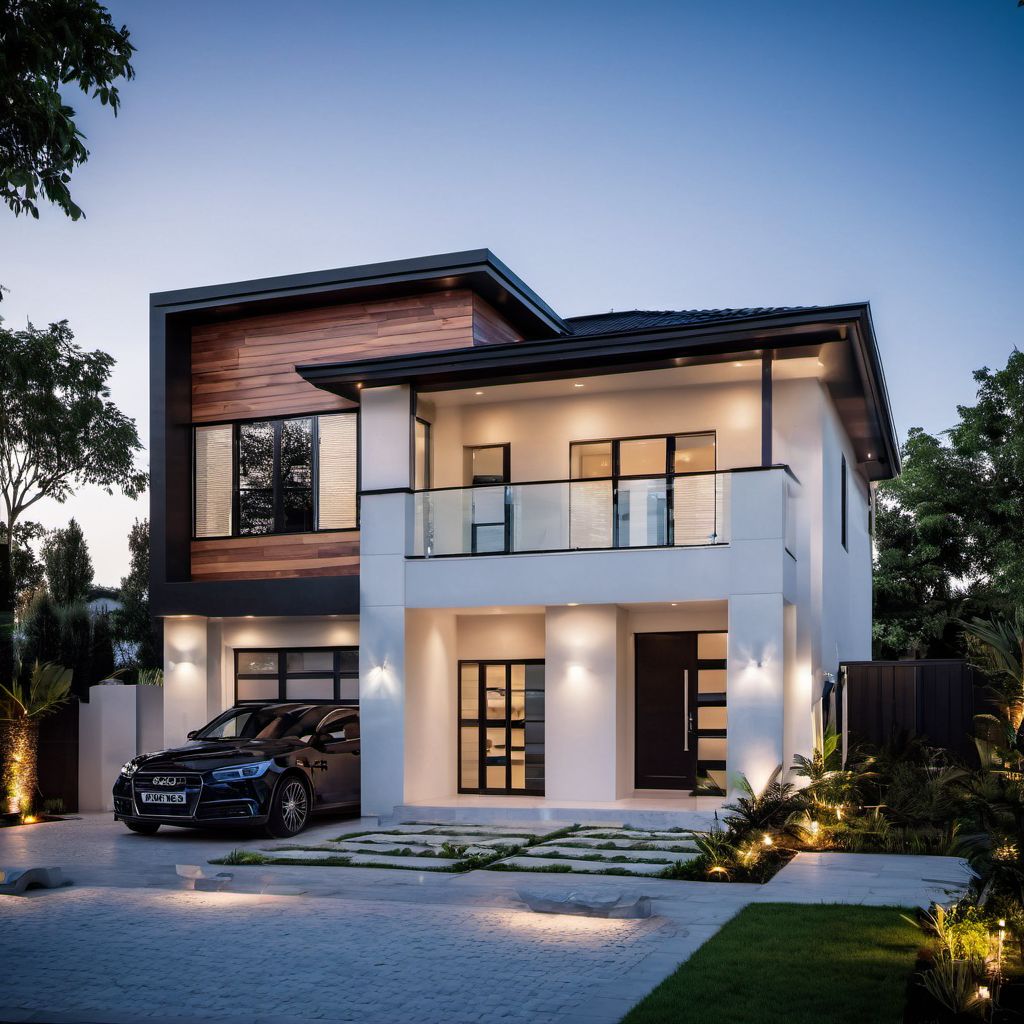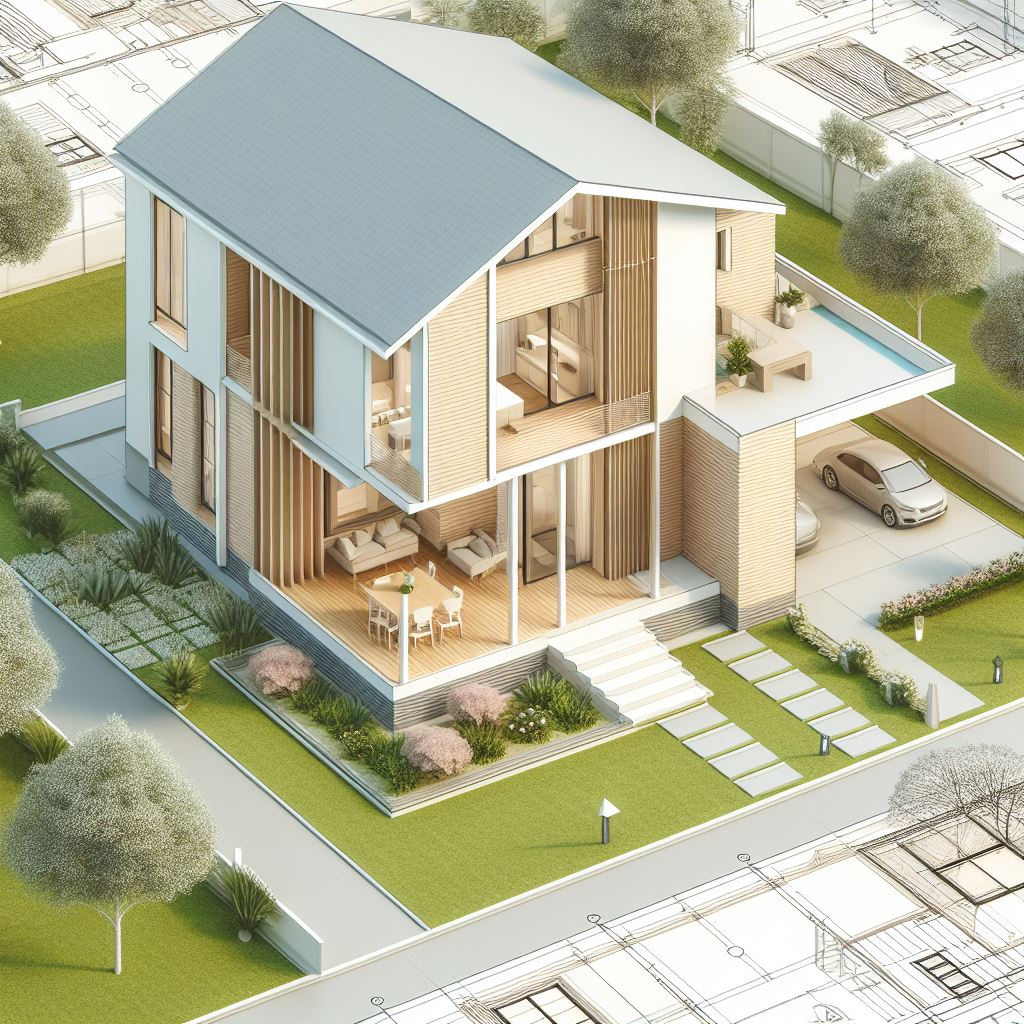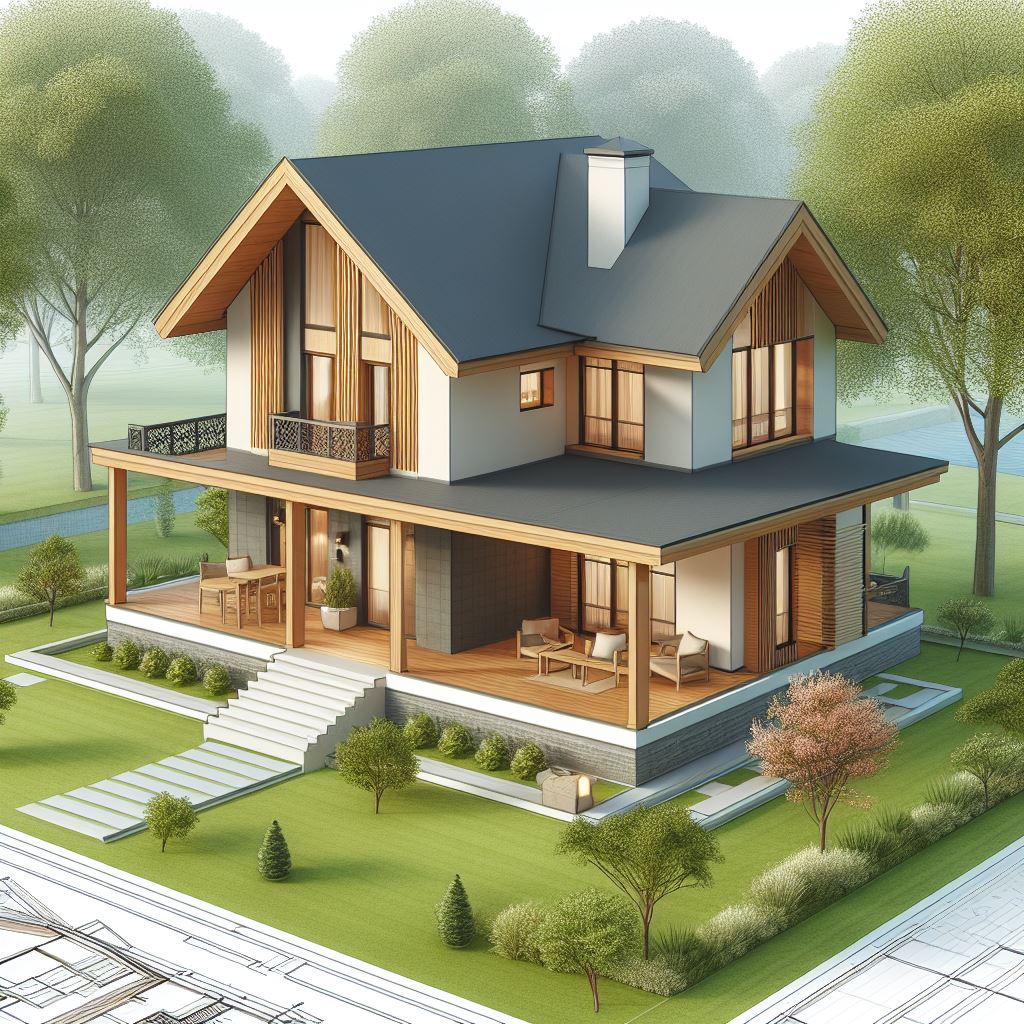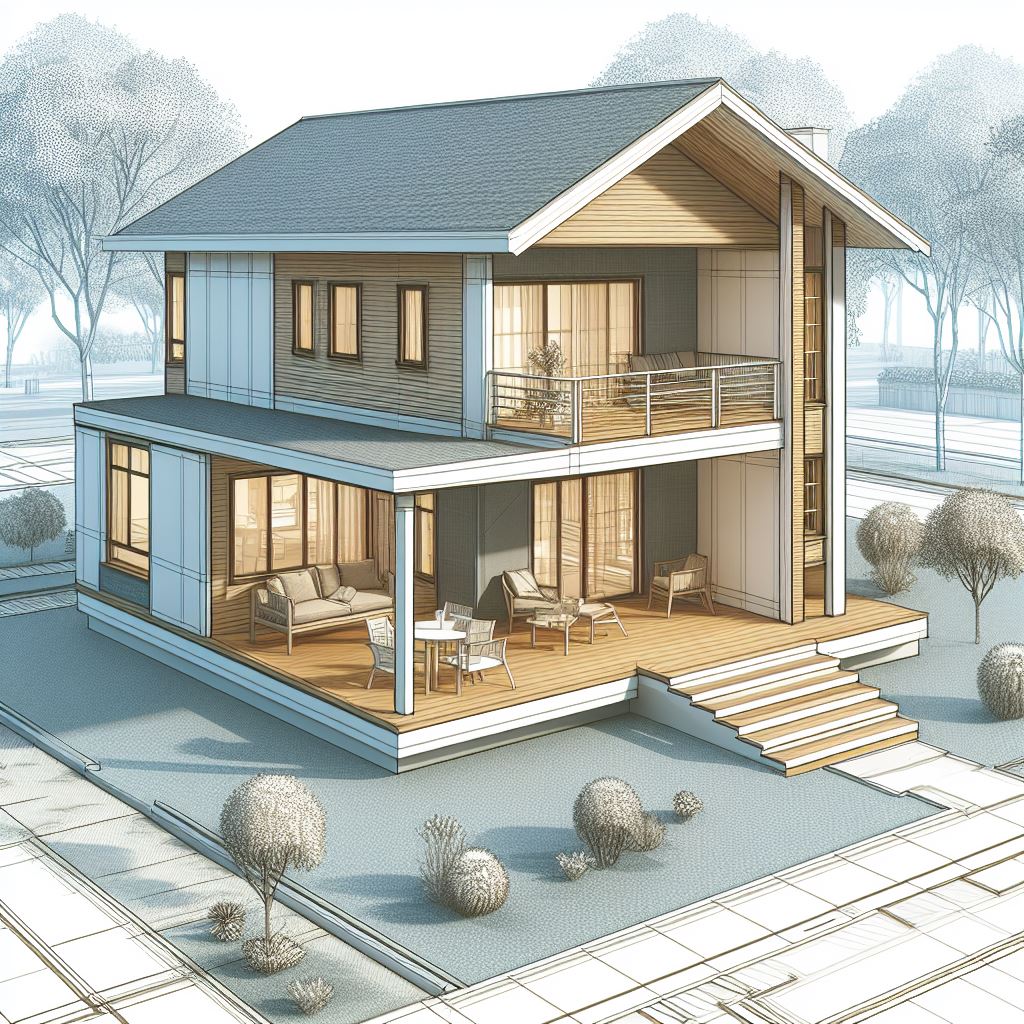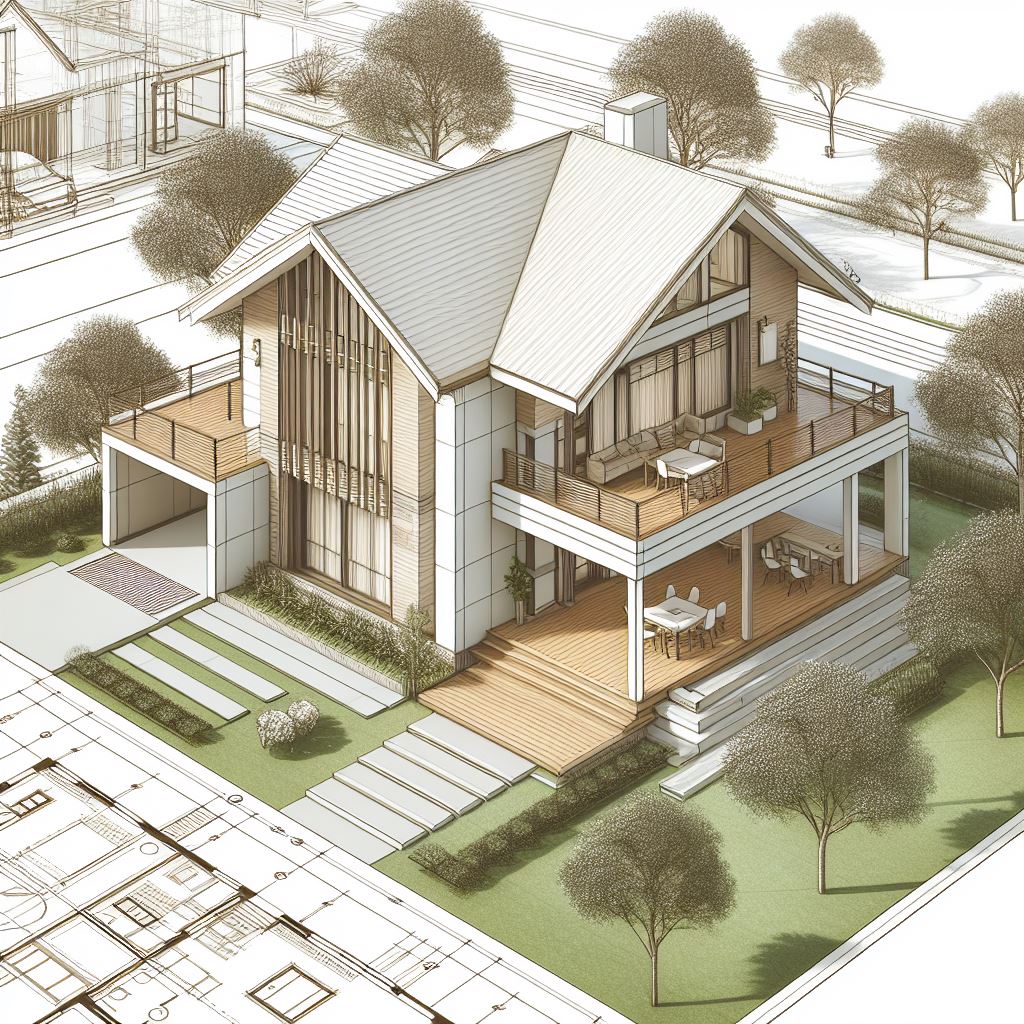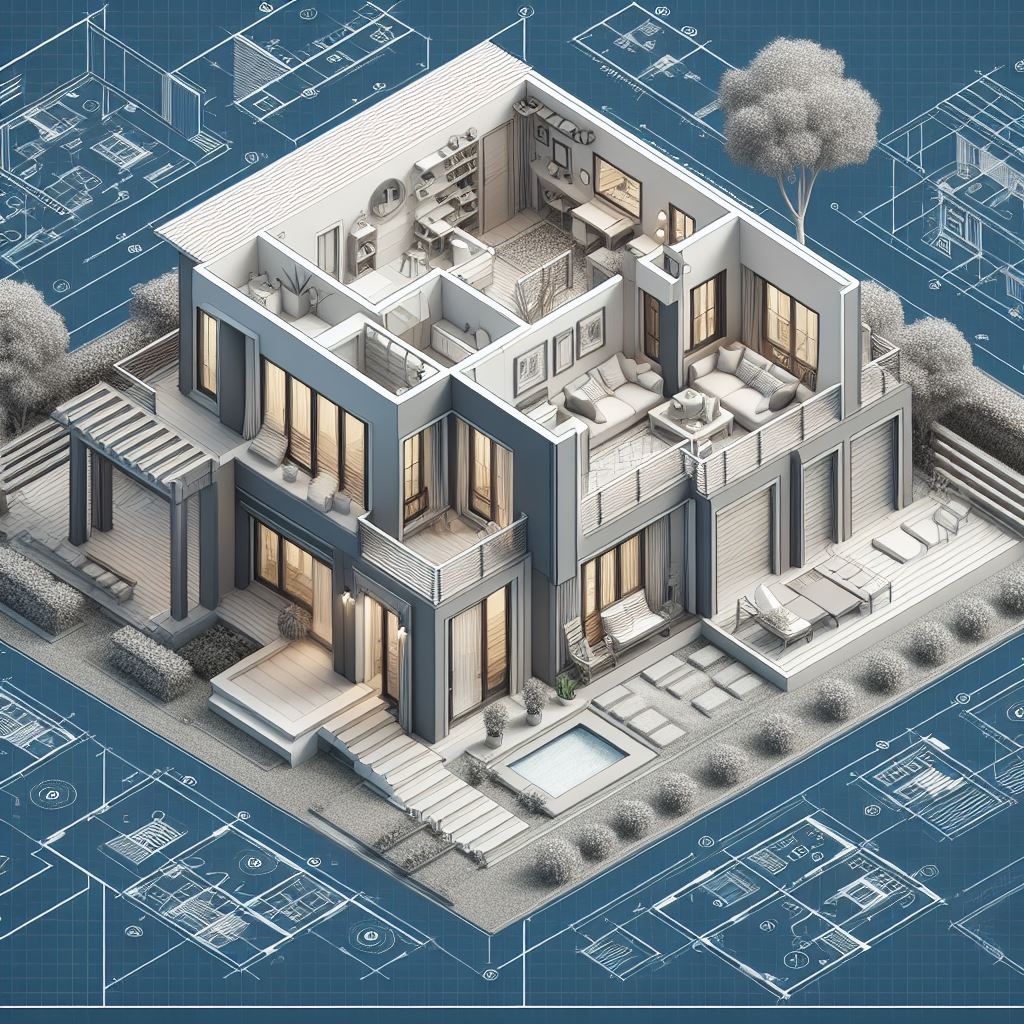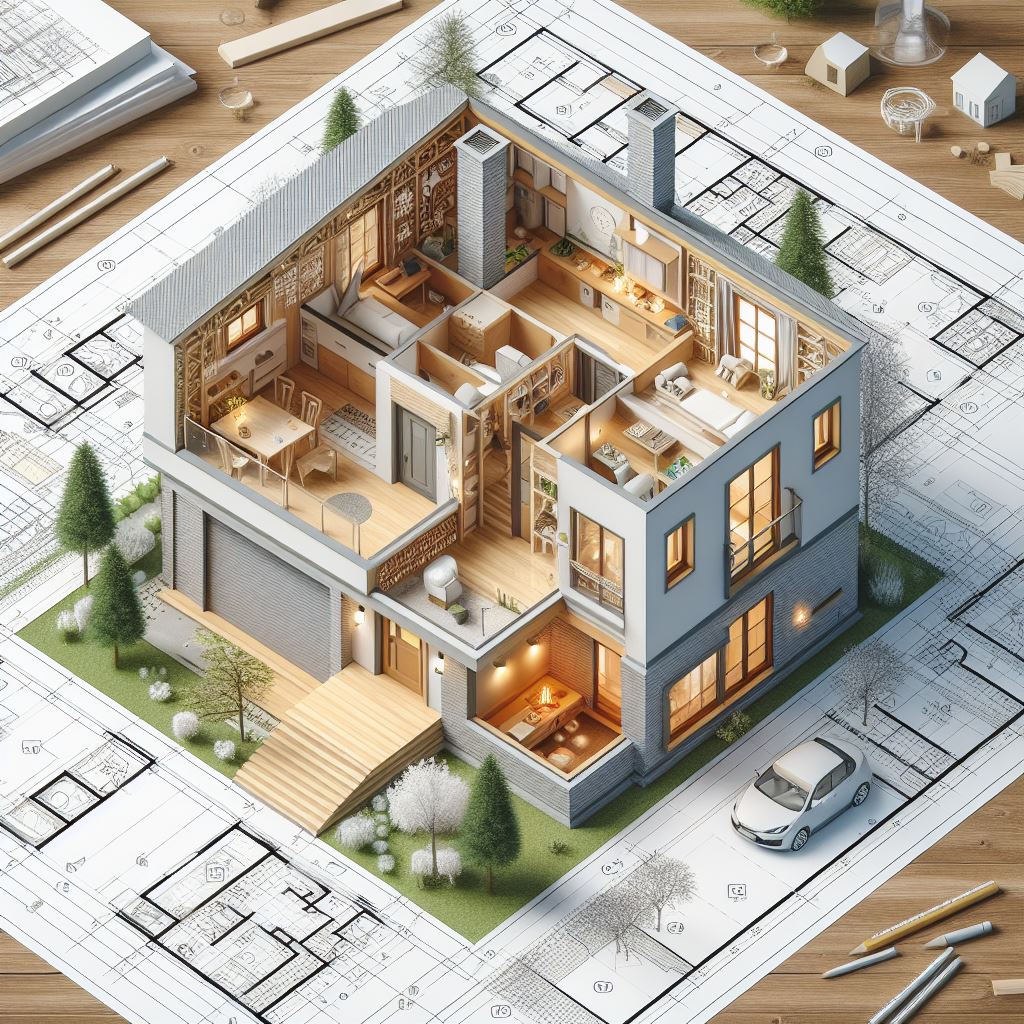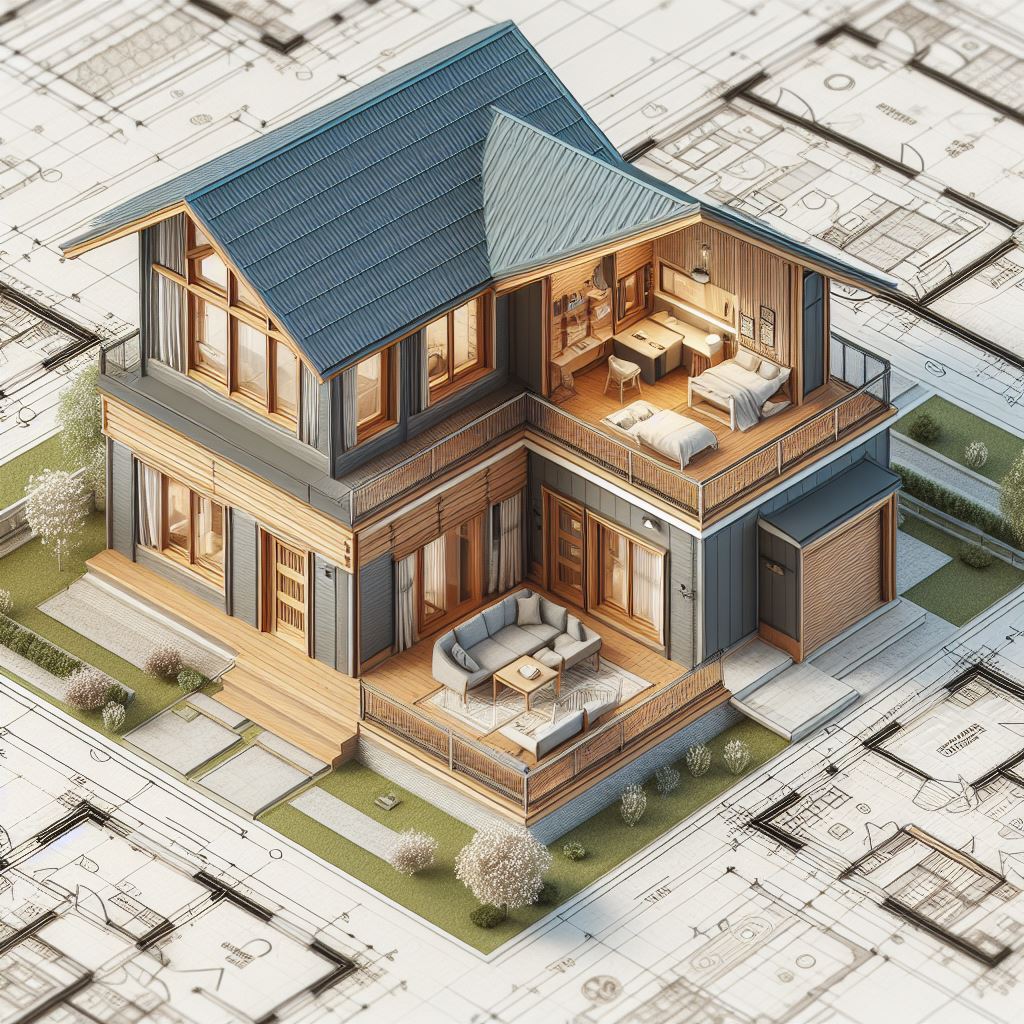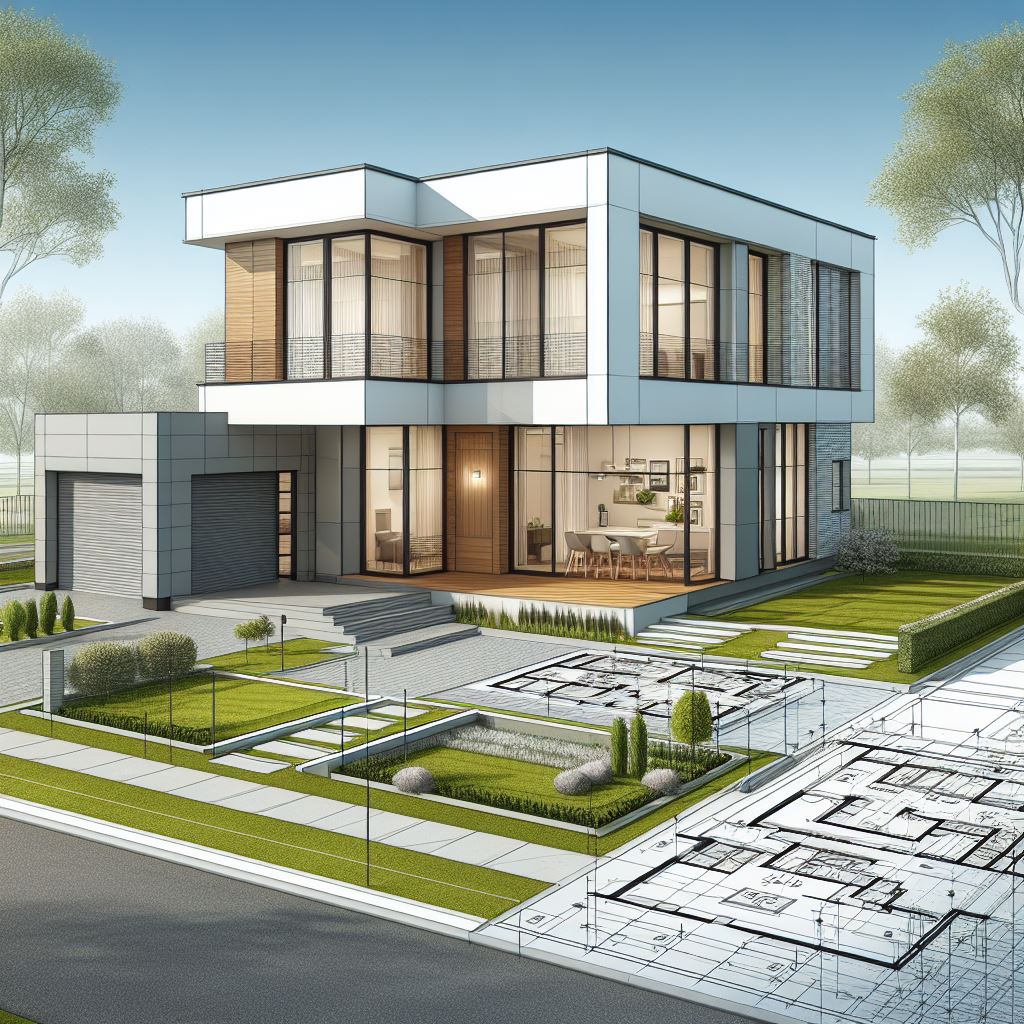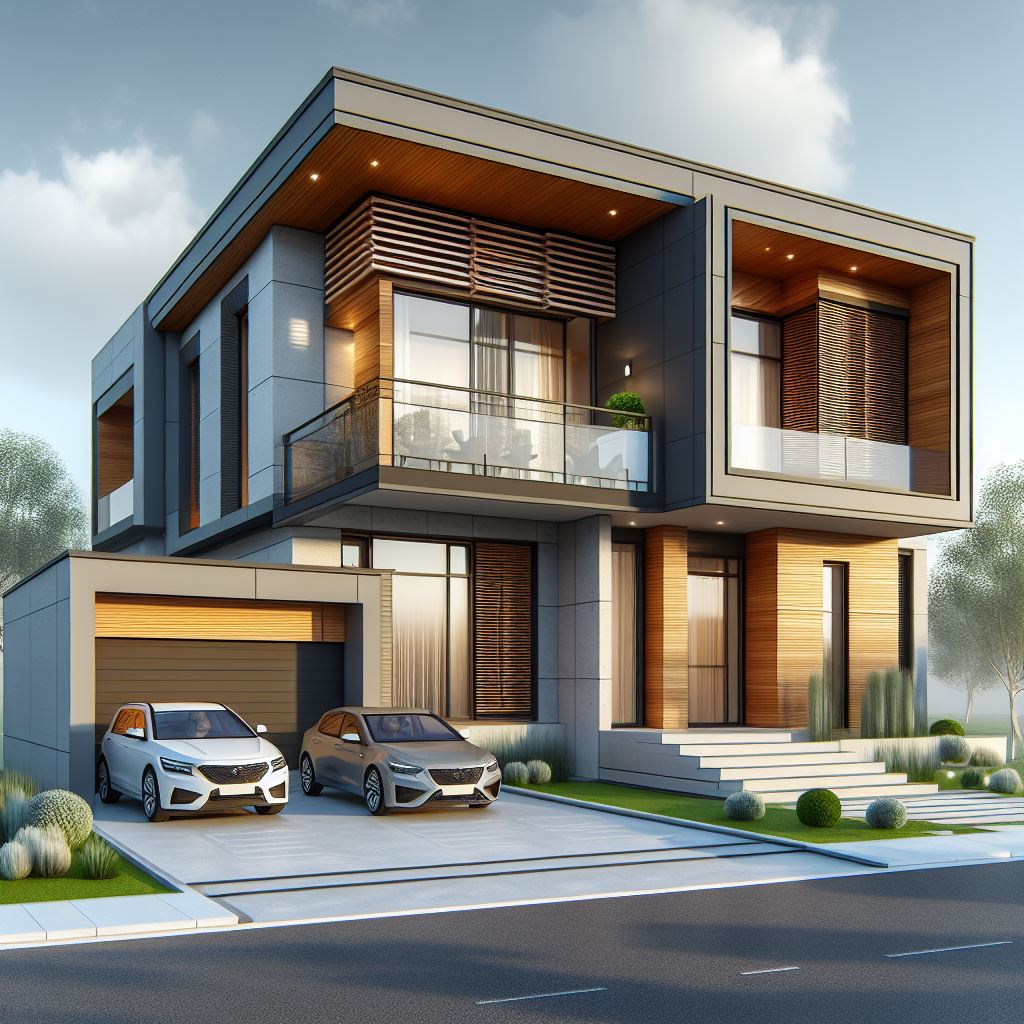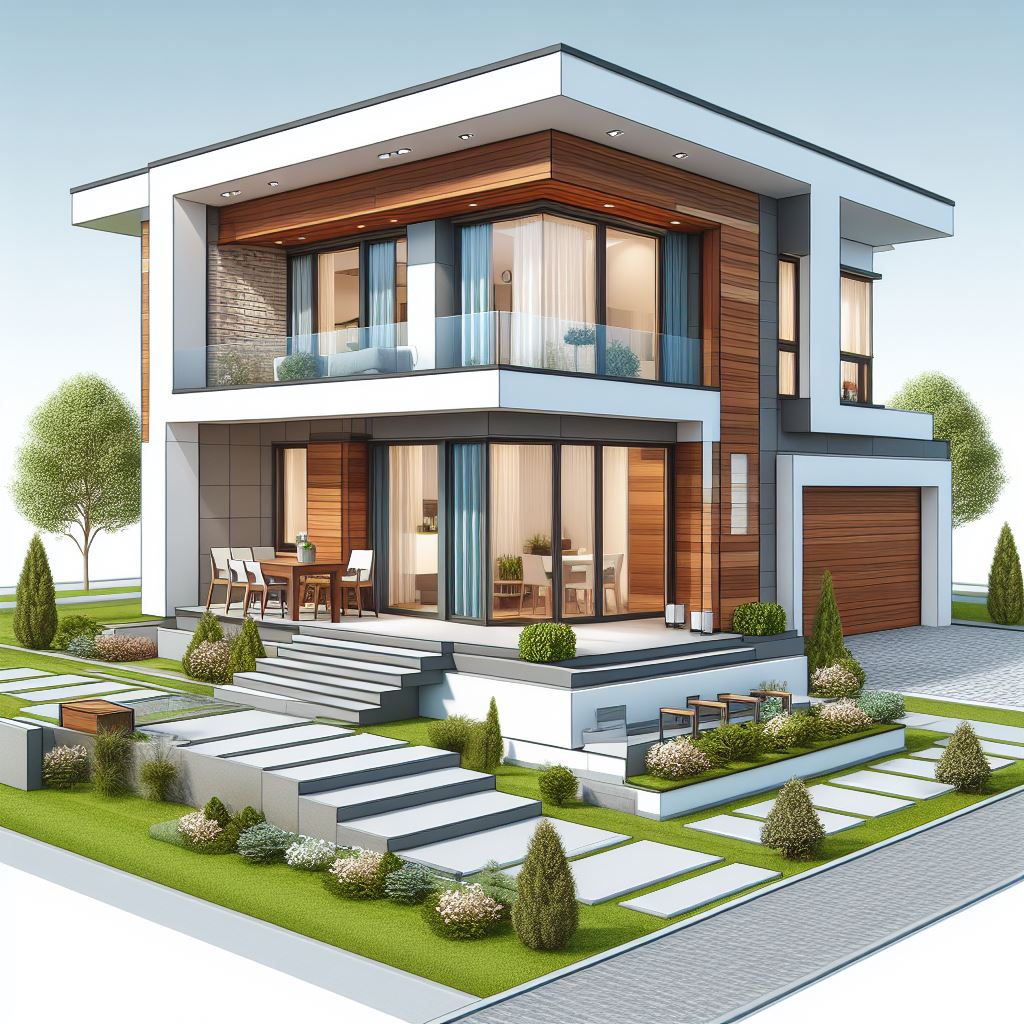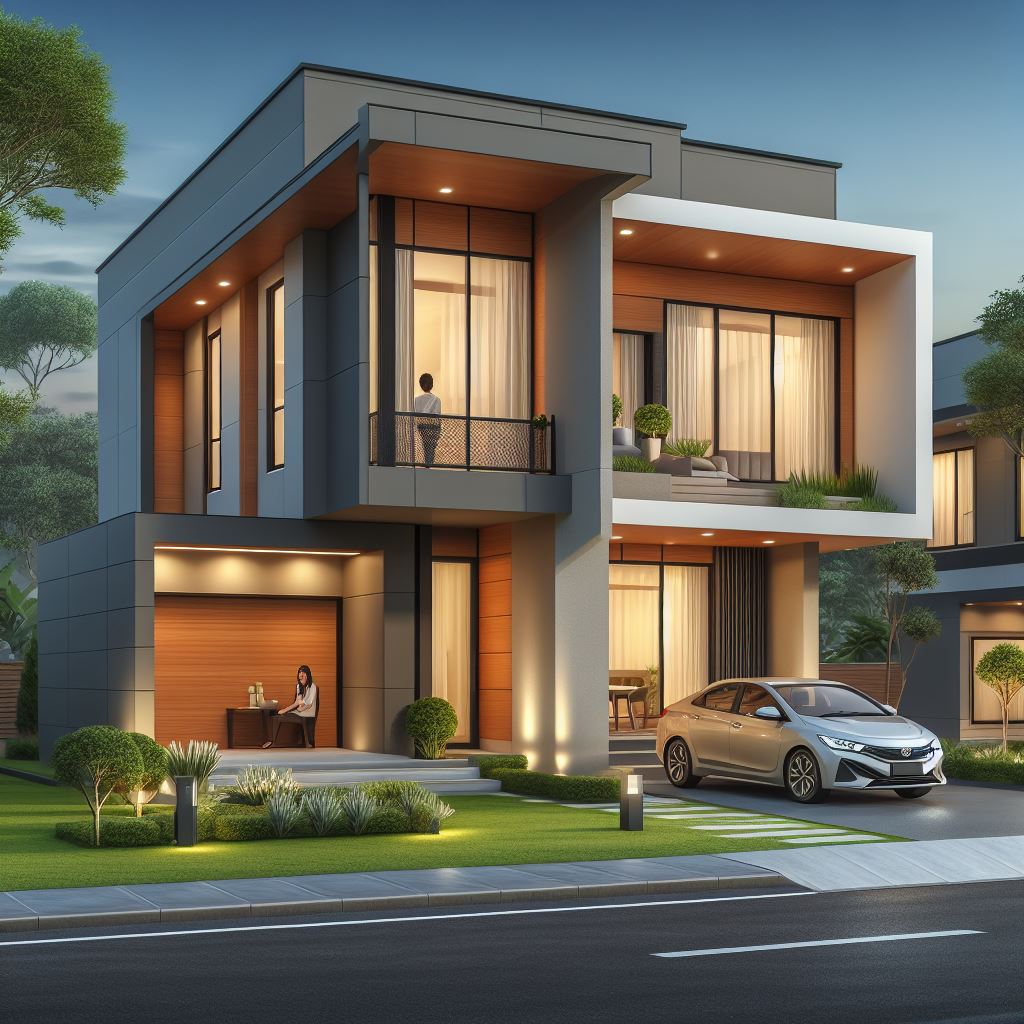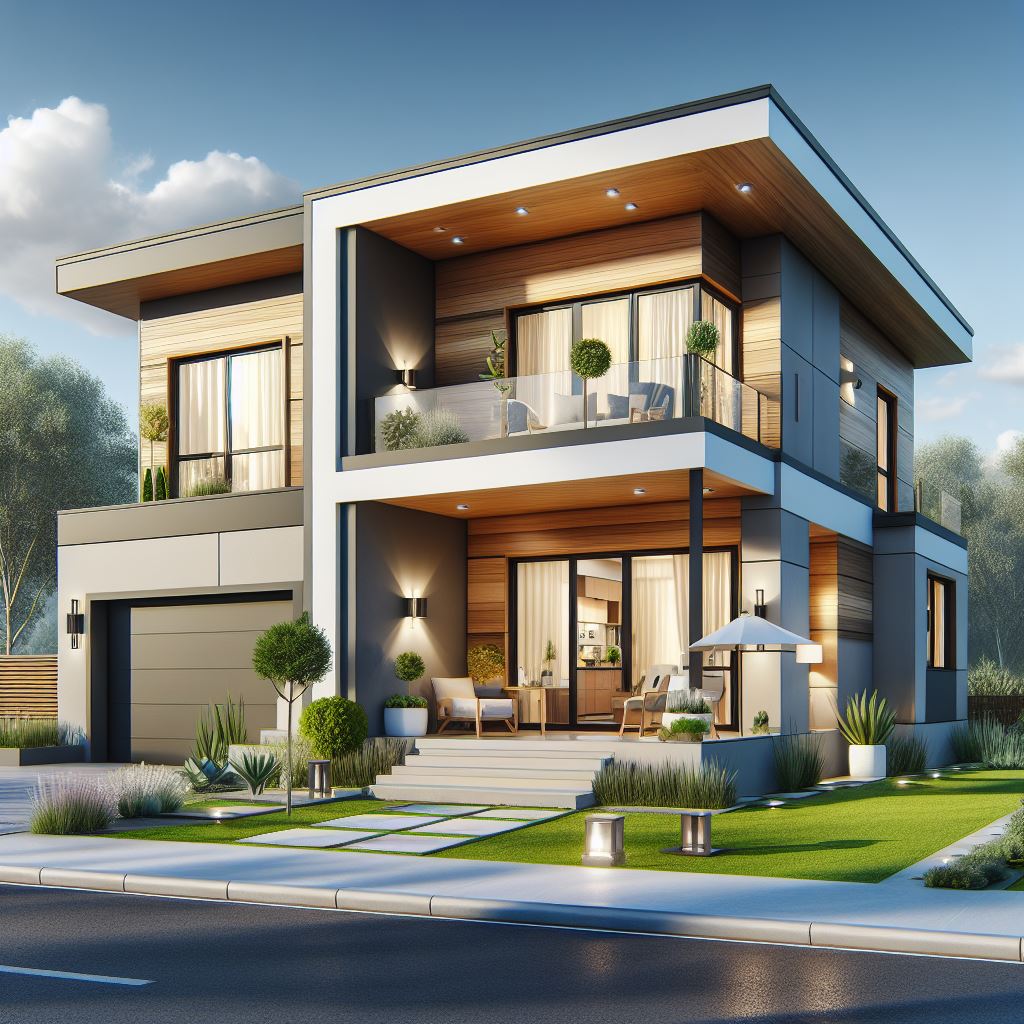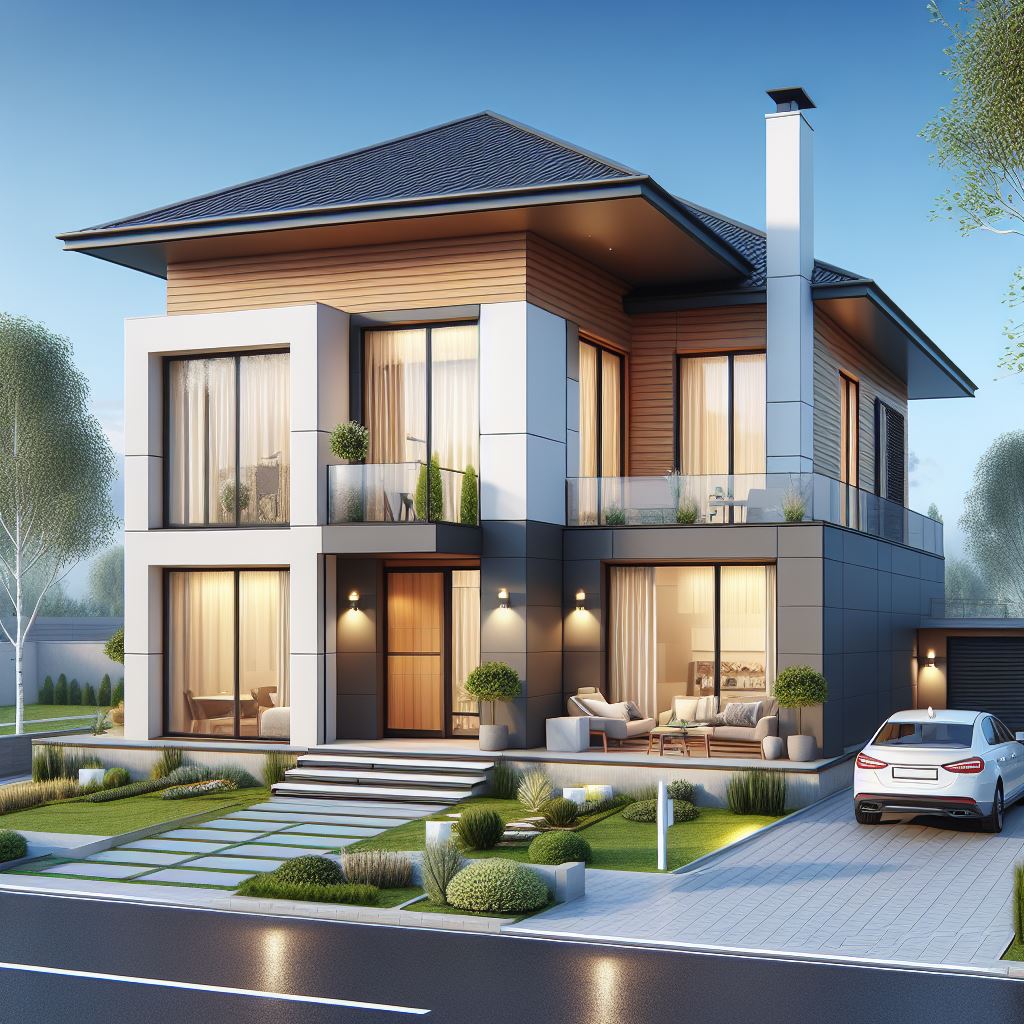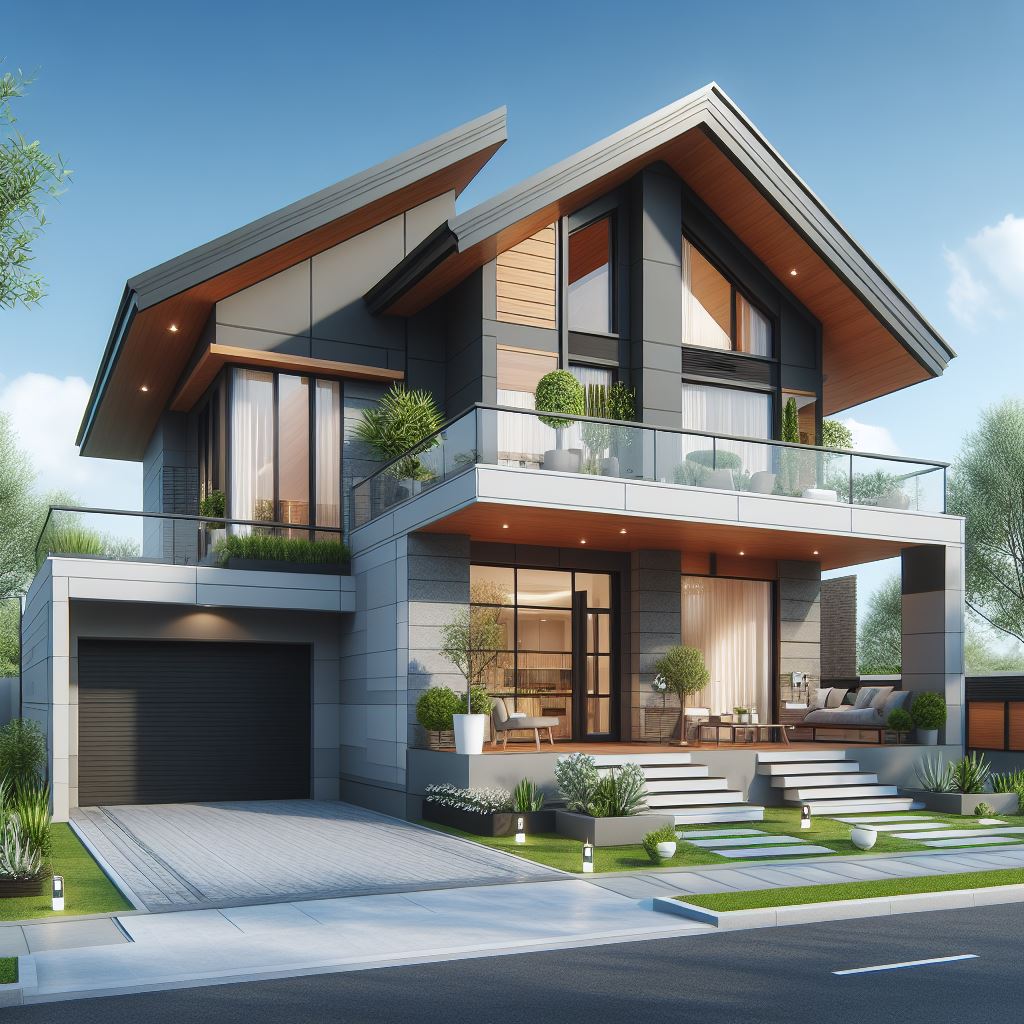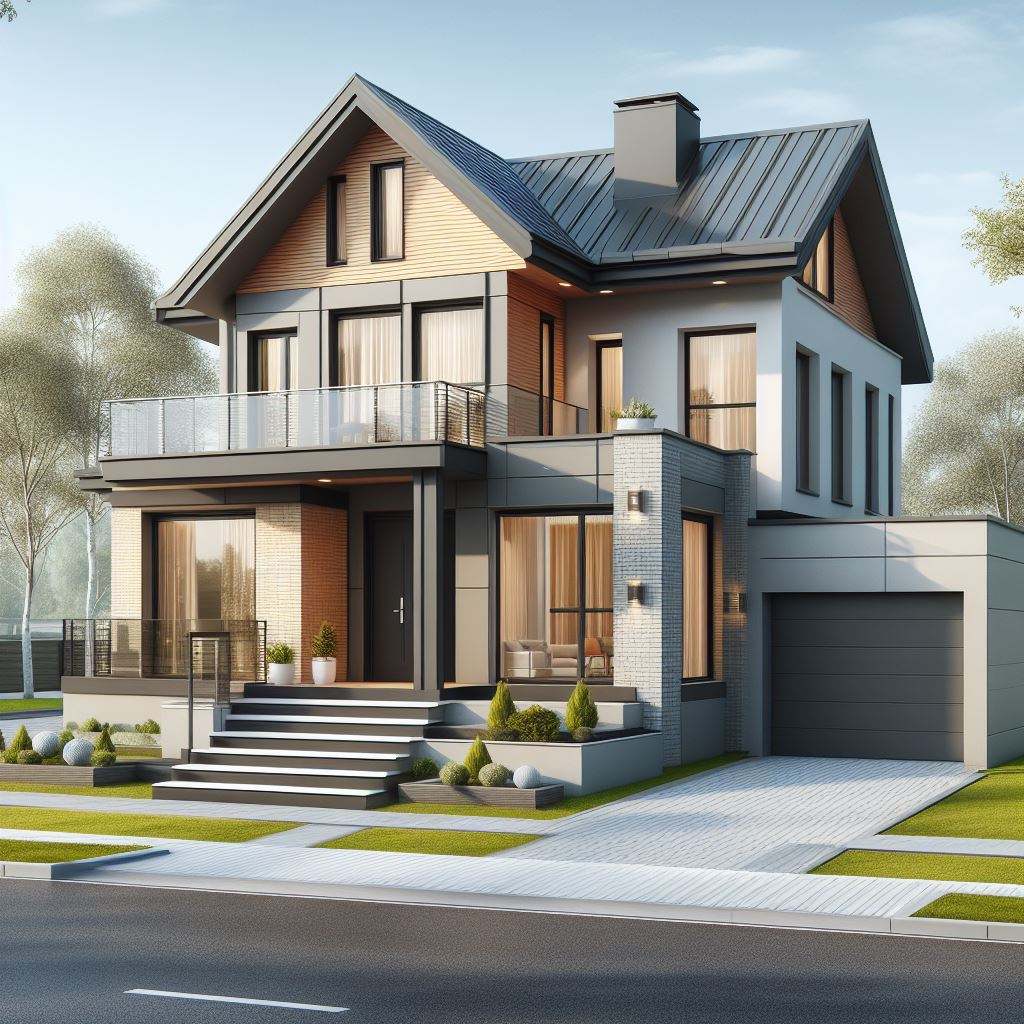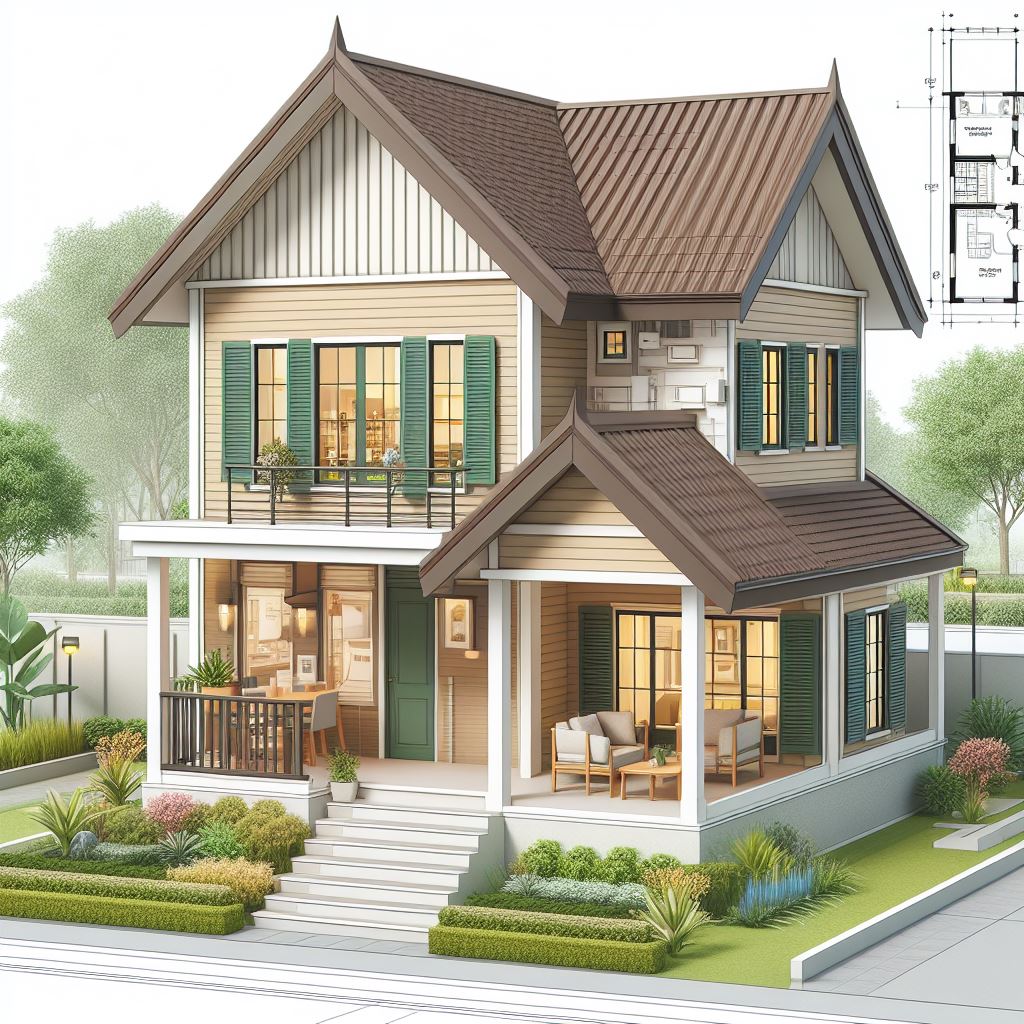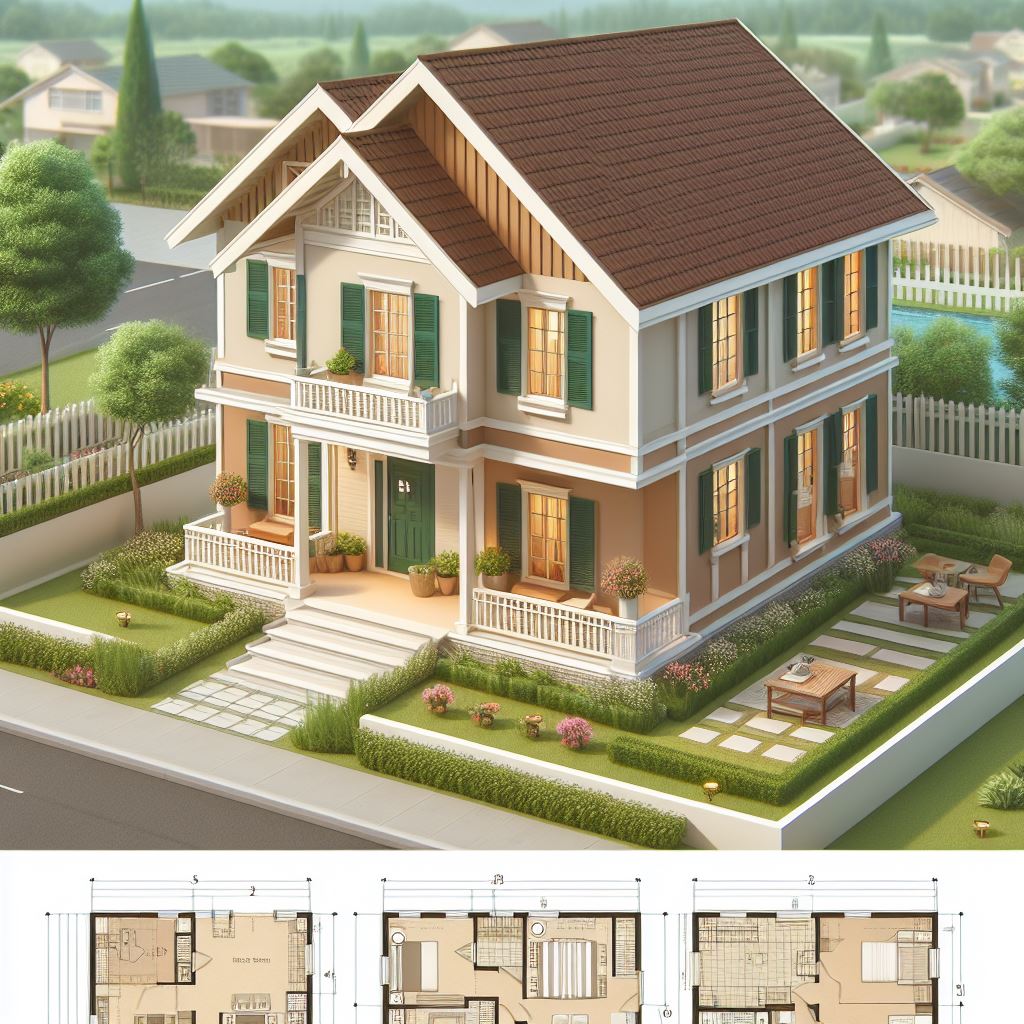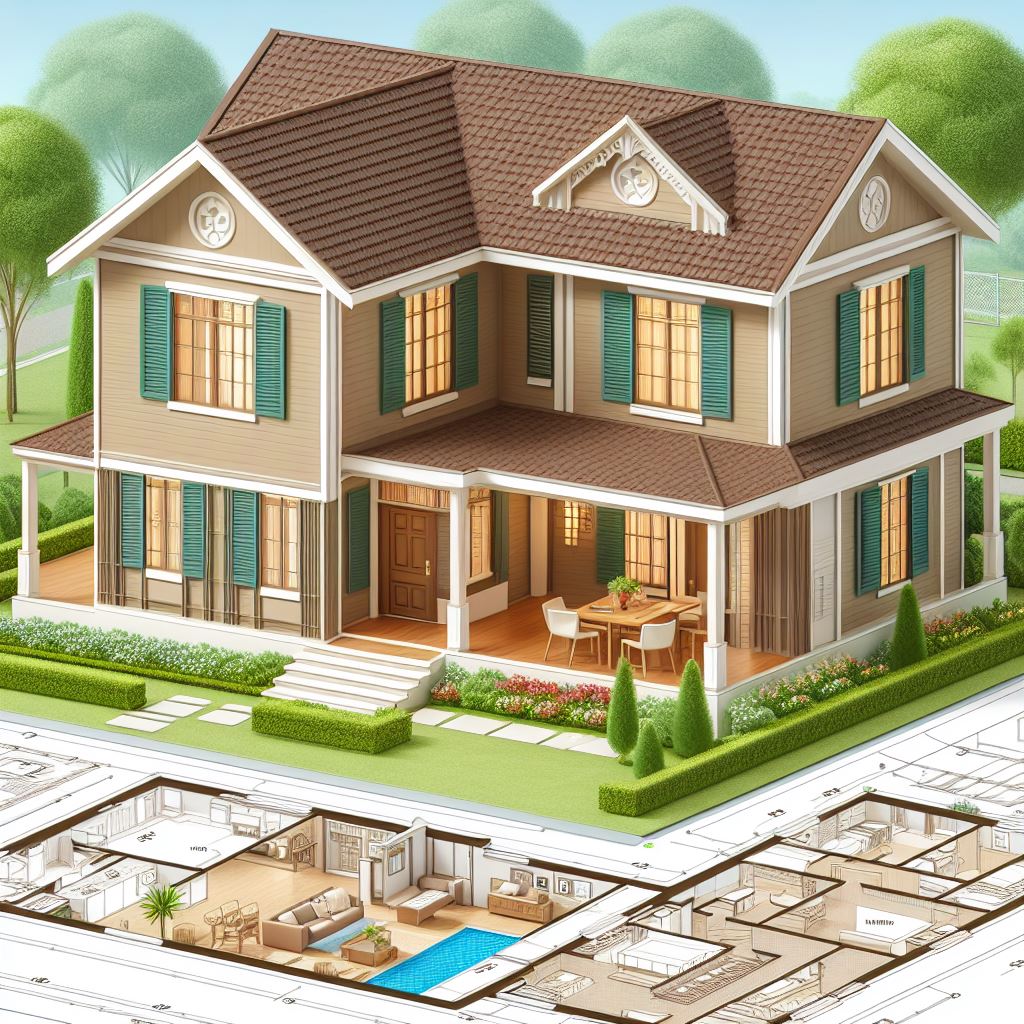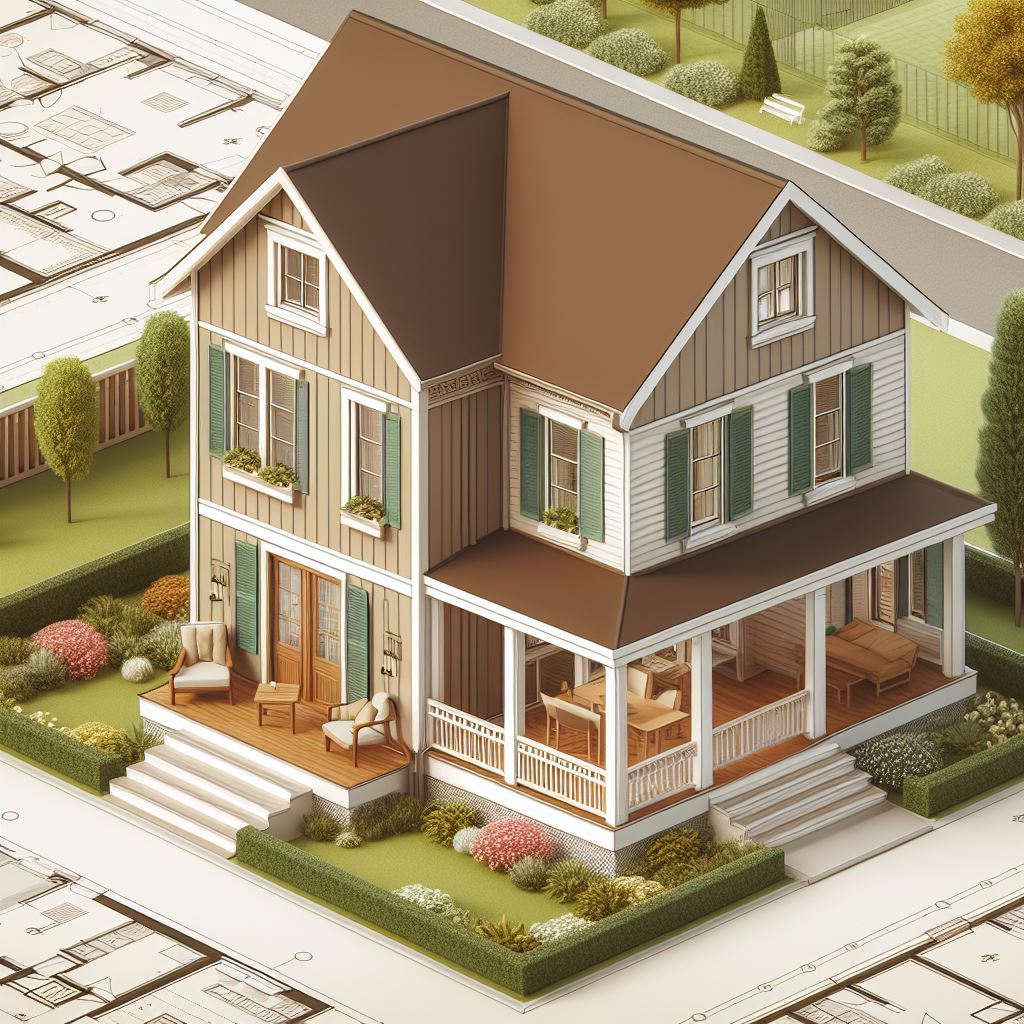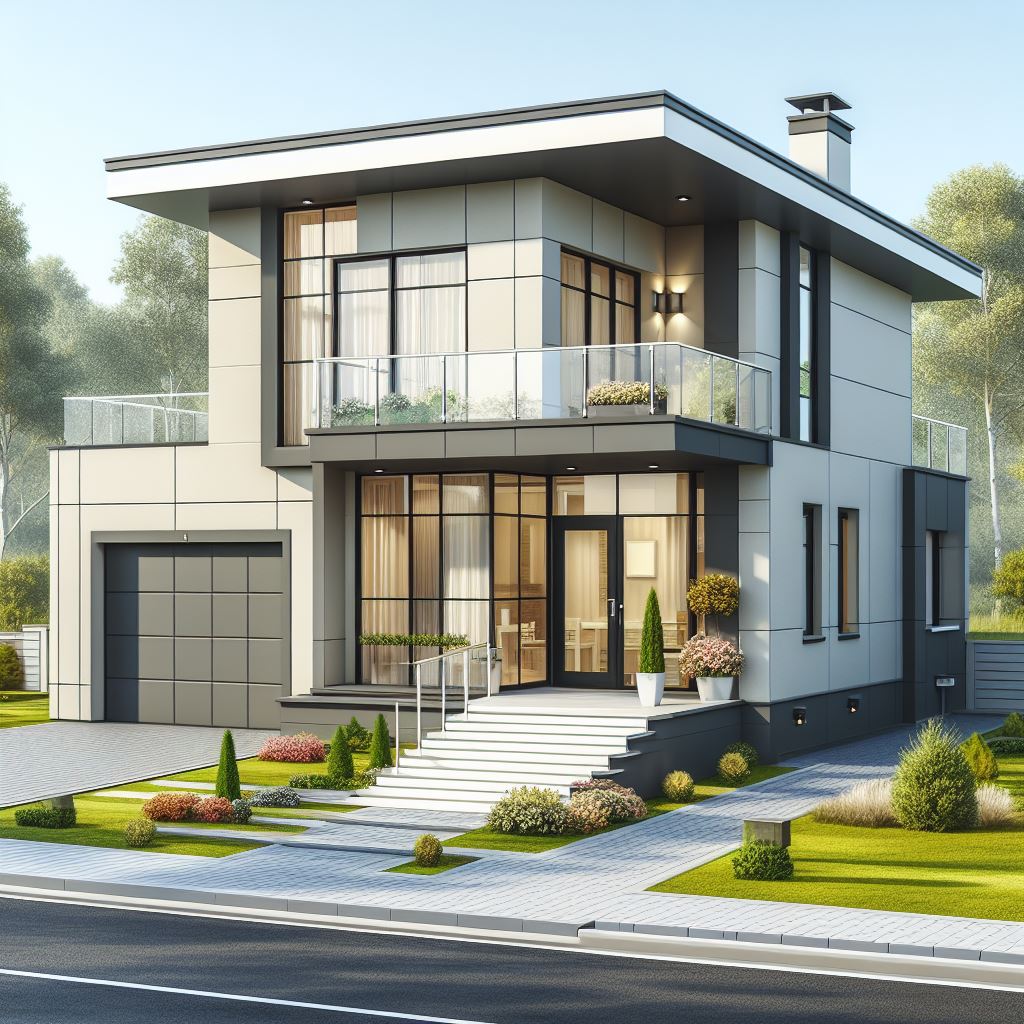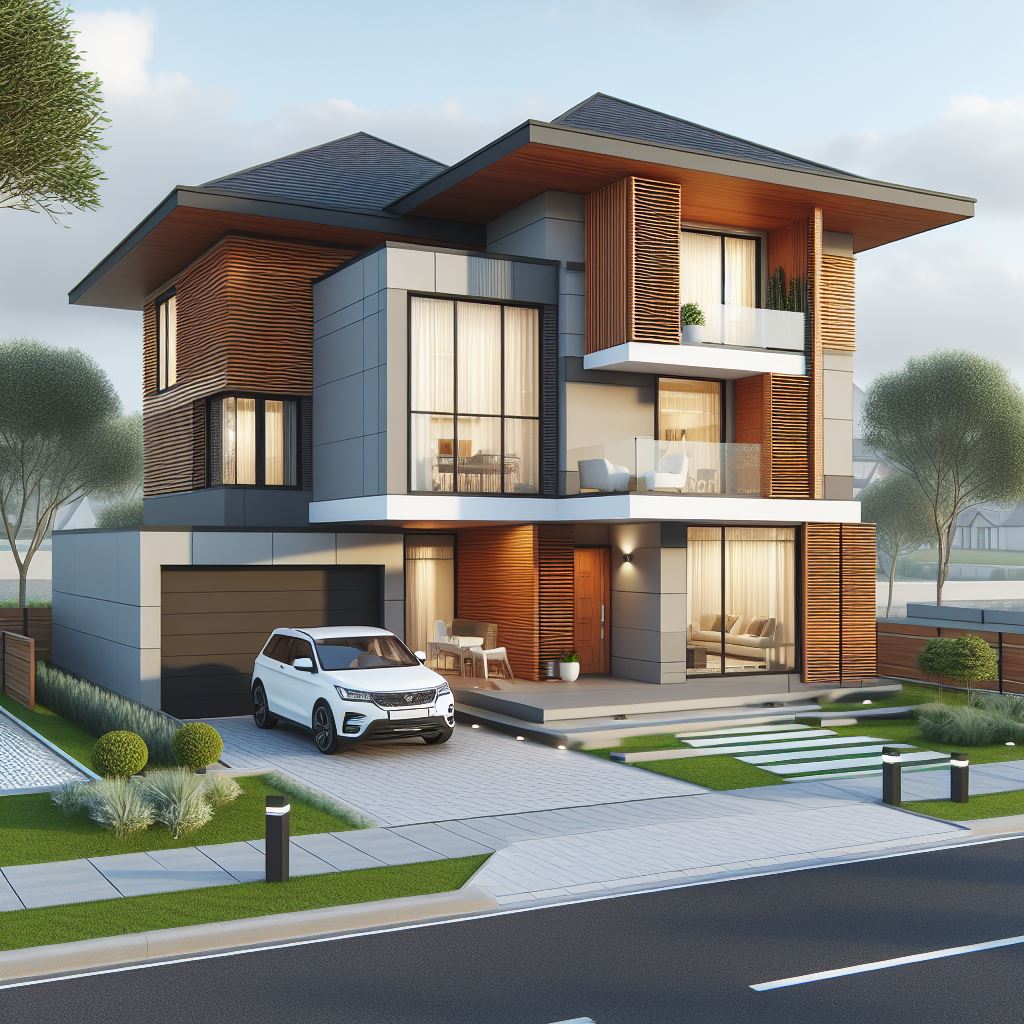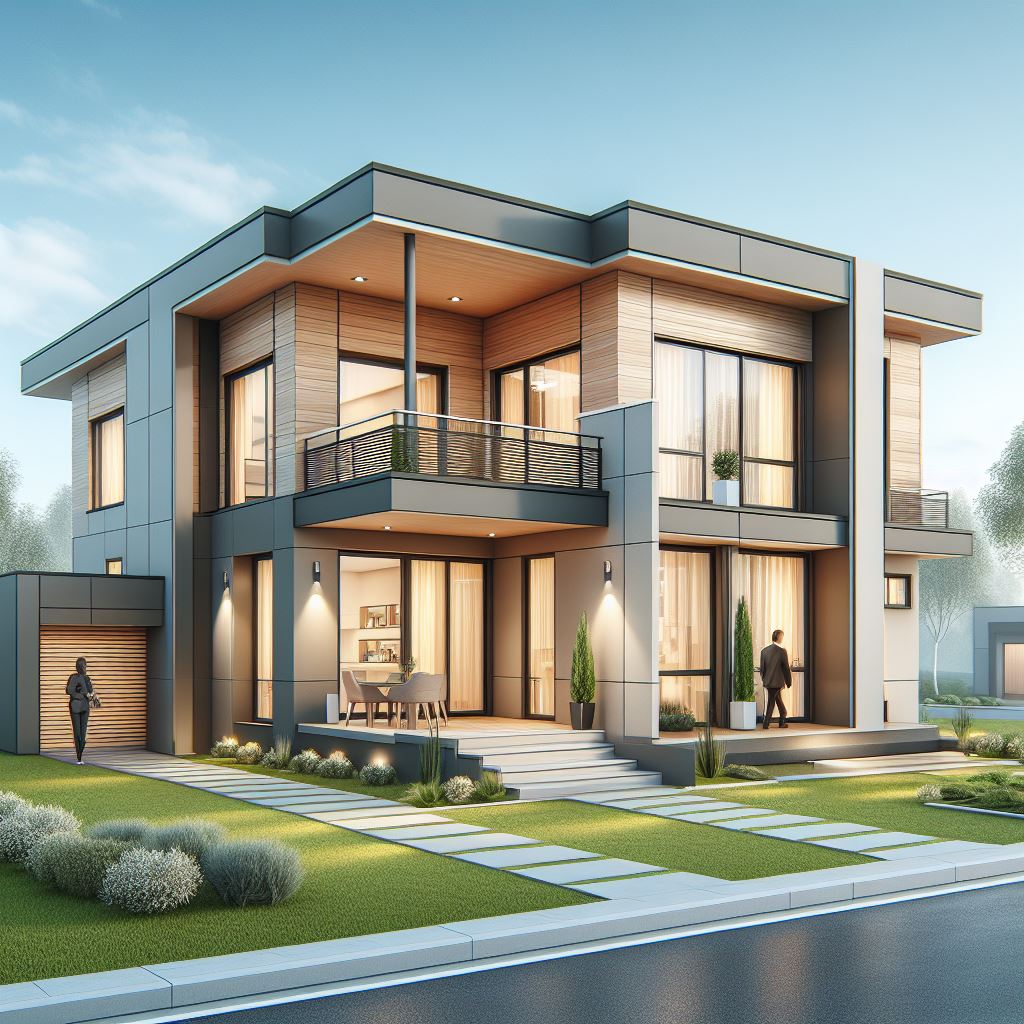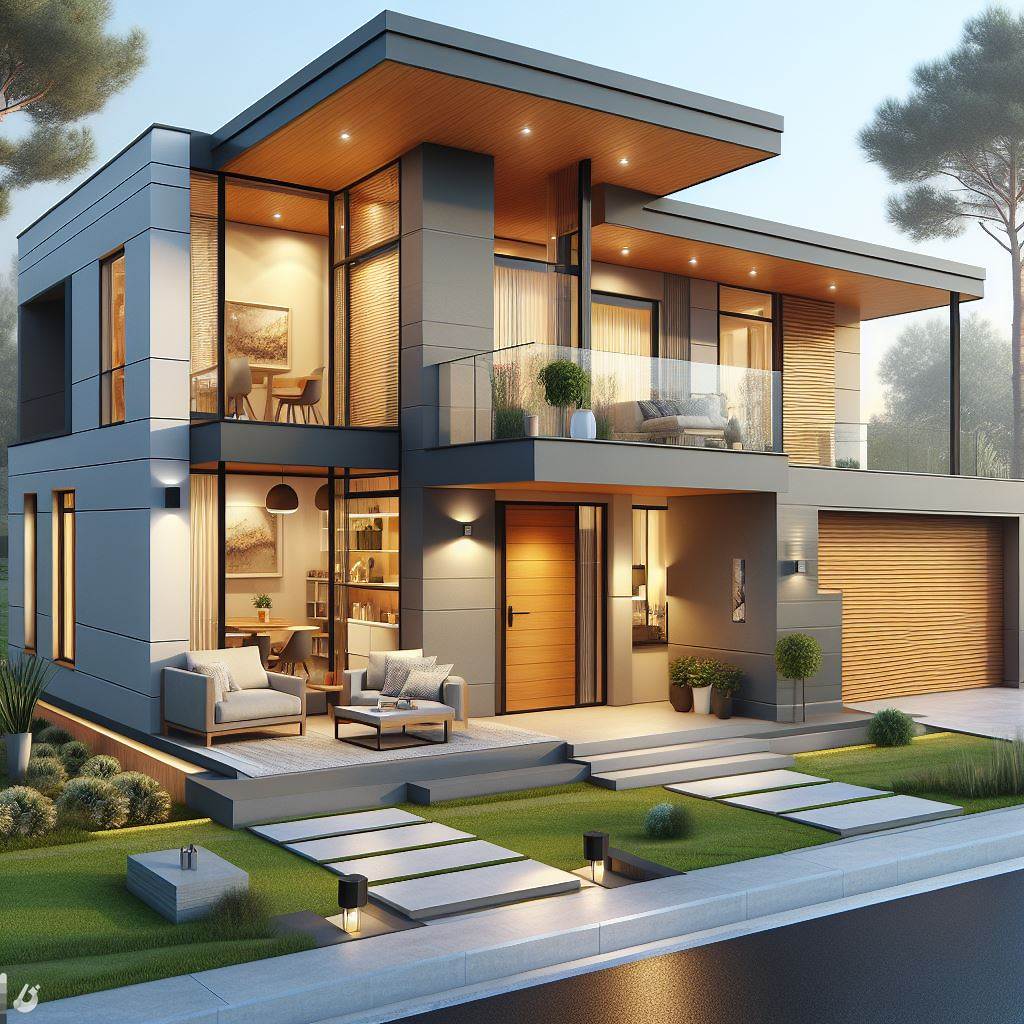GMBOEL.COM – In addition to the functional and design aspects, two story house plans without garages also cater to evolving lifestyle preferences. Many homeowners today seek convenience, preferring walkable neighborhoods, proximity to amenities, and efficient use of space over extensive vehicle storage.
These homes often align with the principles of walkability, promoting a pedestrian-friendly environment. Situated in neighborhoods where daily necessities, shops, parks, and public transportation are within reach, these residences encourage a lifestyle centered around community engagement and a reduced reliance on cars.
Furthermore, the absence of a garage can be seen as a conscious choice to minimize maintenance. Homeowners looking to simplify their lives appreciate the reduction in upkeep that comes with forgoing a garage, focusing instead on maintaining and enjoying the living spaces within their homes and the surrounding outdoor areas.
Another driving force behind the popularity of two-story house plans without garages is the flexibility they offer. Families, empty nesters, or individuals seeking adaptable living arrangements find these homes accommodating. The design versatility allows for easy modifications or additions, such as converting a space into a home office, a playroom, or an additional bedroom, catering to changing needs over time.
For those who appreciate architectural diversity, these homes present a canvas for innovative design elements and exterior features. Without the constraints of a garage, architects have the freedom to experiment with various façade designs, materials, and landscaping to create visually appealing and distinctive homes that stand out in their neighborhoods.
As the housing market continually evolves to meet the preferences and lifestyles of a diverse population, the appeal of two-story house plans without garages continues to grow. These homes offer a balance between functionality, style, and adaptability, catering to the needs and desires of modern homeowners seeking a more streamlined and efficient living experience.
Two Story House Plans Without Garage Pictures
Images you might also like:
Tips for Two Story House Plans Without Garage
Here are some tips and considerations when planning a two-story house without a garage:
- Optimize Interior Space: Without a garage, prioritize efficient use of interior space. Consider an open floor plan that seamlessly integrates living, dining, and kitchen areas to create a spacious feel. Utilize smart storage solutions such as built-in cabinets, under-stair storage, or multipurpose furniture to maximize space utilization.
- Functional Entryway: Design a welcoming and practical entryway that compensates for the lack of a traditional garage entry. This area can include a mudroom or an organized space for coats, shoes, and everyday essentials.
- Consider Alternative Parking Solutions: Explore options for alternative parking like carports, detached garages, or shared community parking spaces. Ensure there’s convenient access to these areas from the house, keeping practicality and security in mind.
- Flexible Room Design: Plan rooms with flexibility in mind. Spaces that can serve multiple purposes, such as a home office that can double as a guest room, or a playroom that can convert into a study, offer adaptability as needs change.
- Outdoor Spaces: Without a garage occupying outdoor space, capitalize on the opportunity to create inviting outdoor areas. Landscaped gardens, patios, or decks can enhance the aesthetics and functionality of the property.
- Architectural Aesthetics: Focus on exterior aesthetics and curb appeal. Experiment with diverse façade designs, materials, and architectural elements to create an attractive and distinctive home.
- Walkability and Location: Consider the neighborhood’s walkability and proximity to amenities. Homes without garages often thrive in areas where necessities, public transport, and community spaces are easily accessible.
- Future-Proofing: Design with future needs in mind. Ensure the house is adaptable to potential changes in family size or lifestyle preferences.
- Sustainability: Embrace eco-friendly features in the design. This could include energy-efficient appliances, sustainable building materials, or even features like solar panels if applicable.
- Regulatory Compliance: Ensure compliance with local building codes and regulations, especially regarding parking requirements and property lines when considering alternative parking solutions.
Remember, the key is to balance functionality, aesthetics, and practicality while ensuring that the home meets the specific needs and lifestyle of its future occupants. Consulting with architects, designers, and builders experienced in designing homes without garages can also provide valuable insights and guidance during the planning and construction phases.
Check out other designs directly from your cellphone via WhatsApp Channel: https://whatsapp.com/channel/0029VaASACYFXUuYULZWe939.


